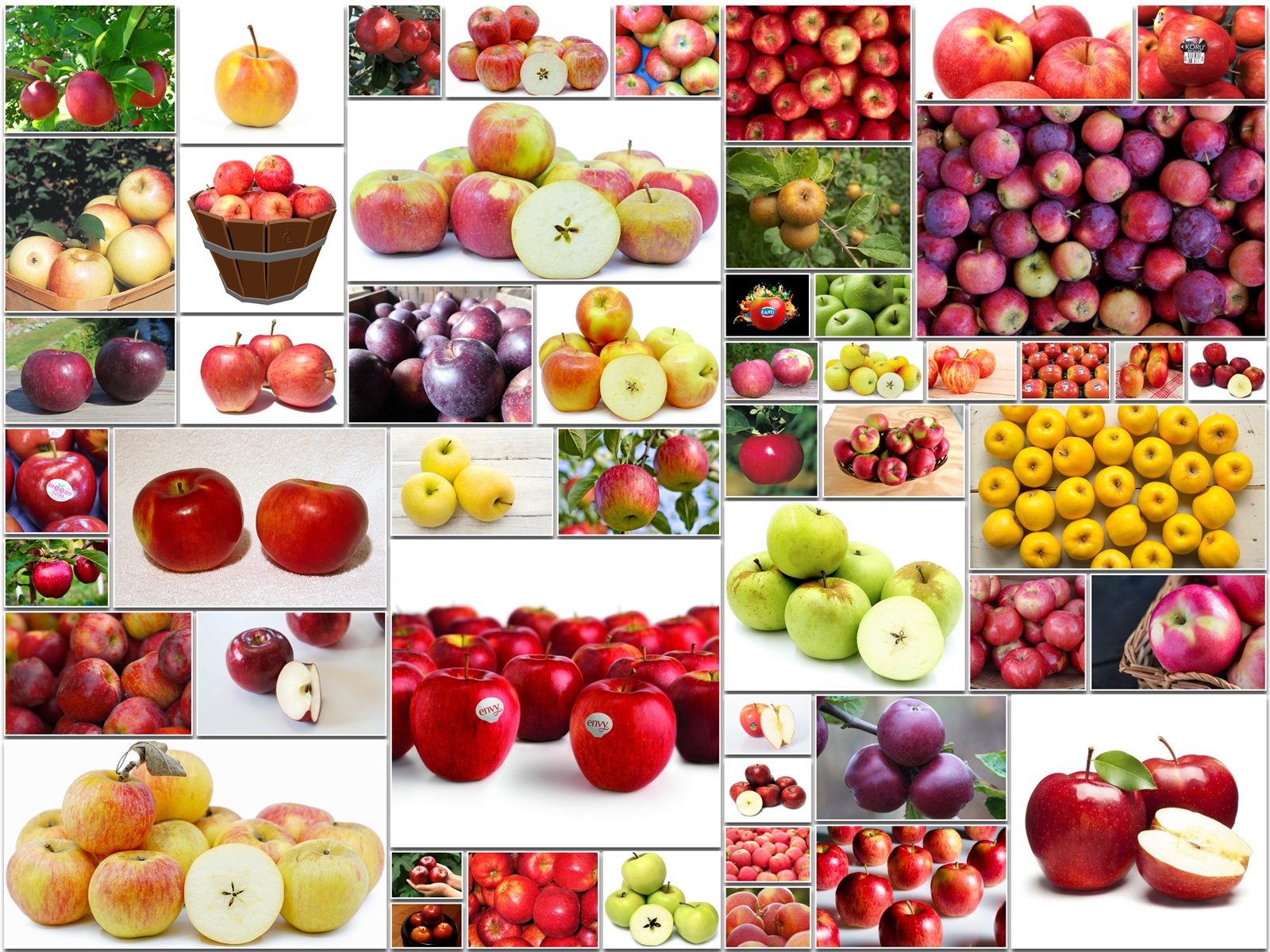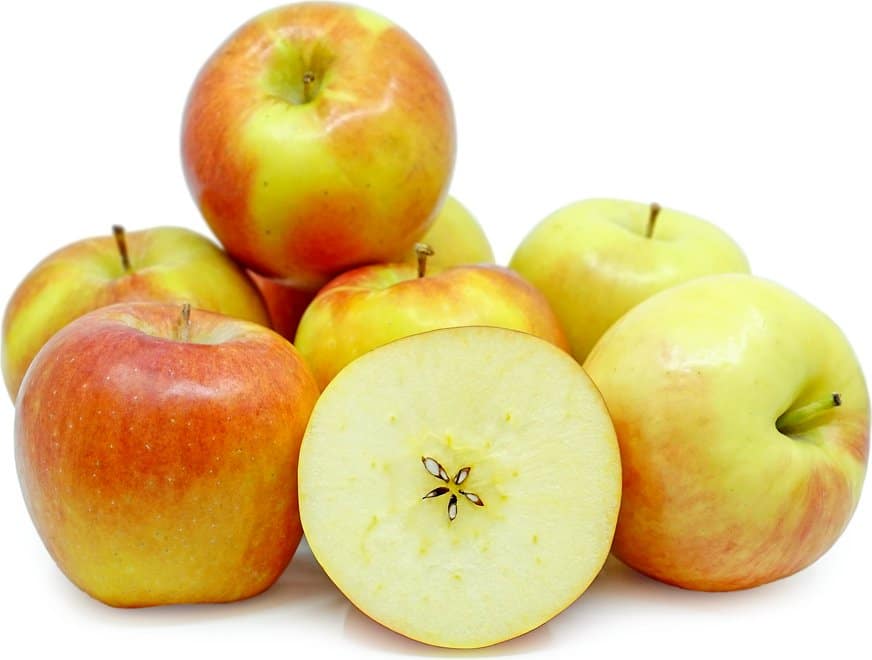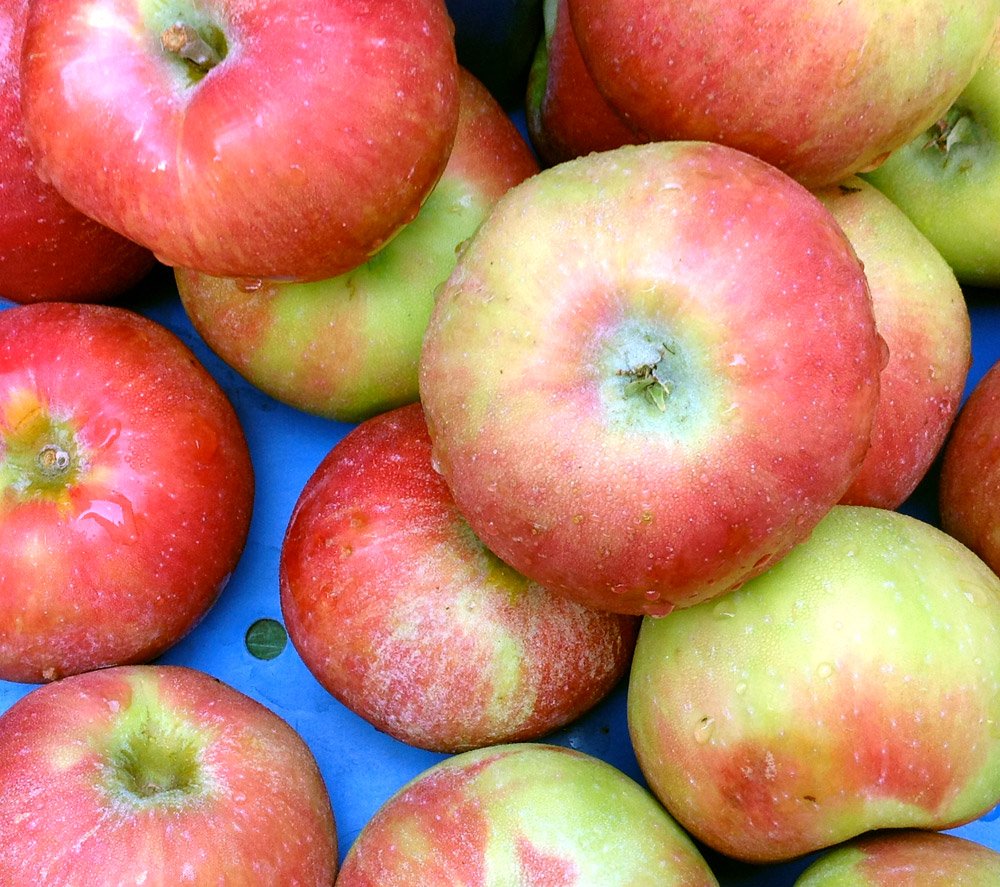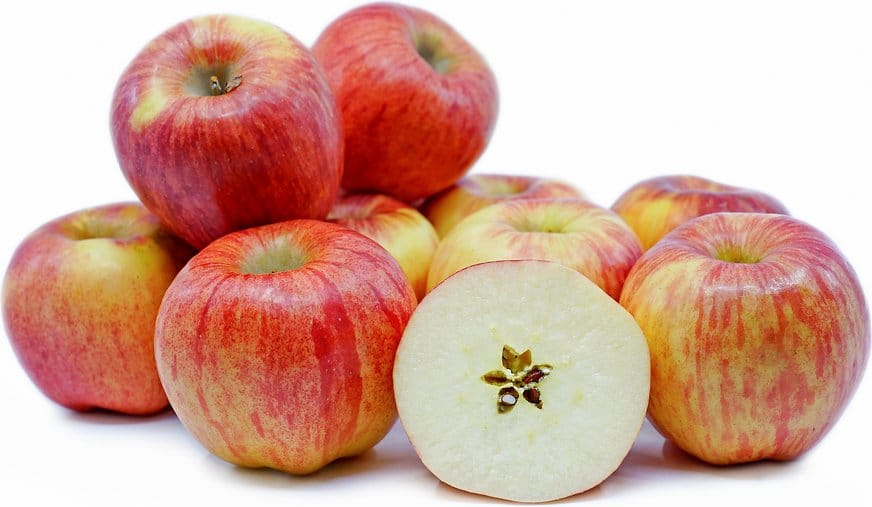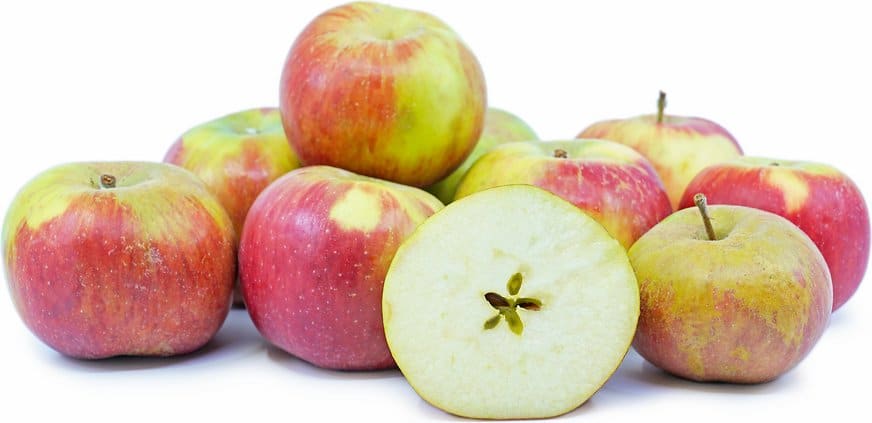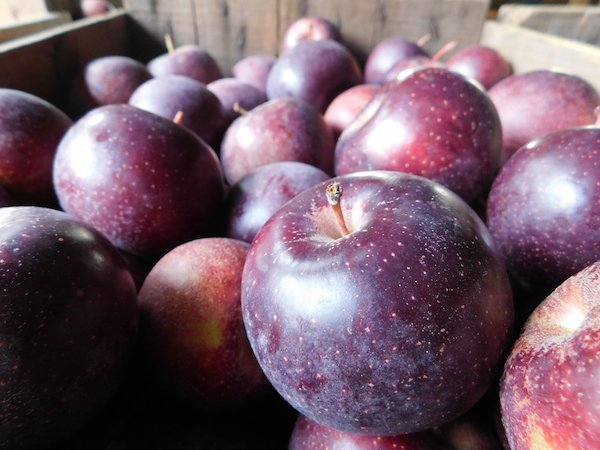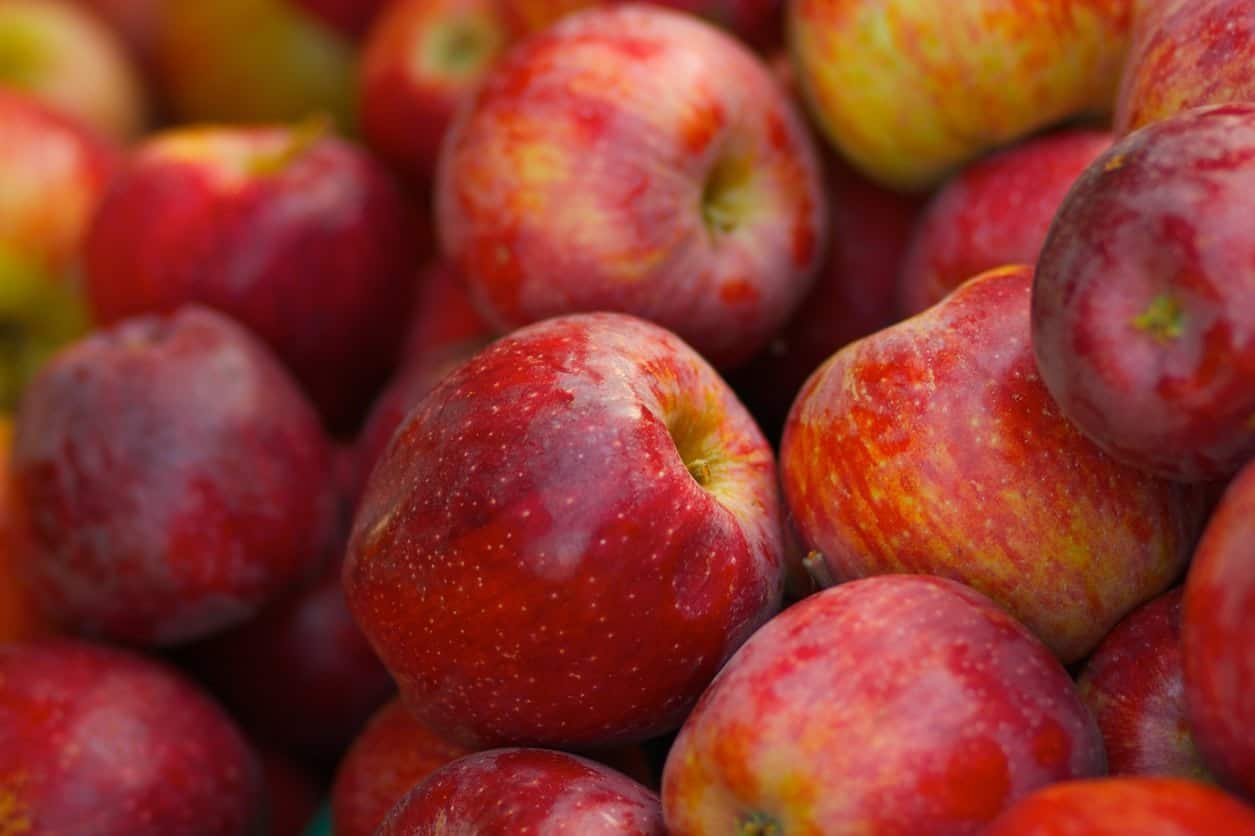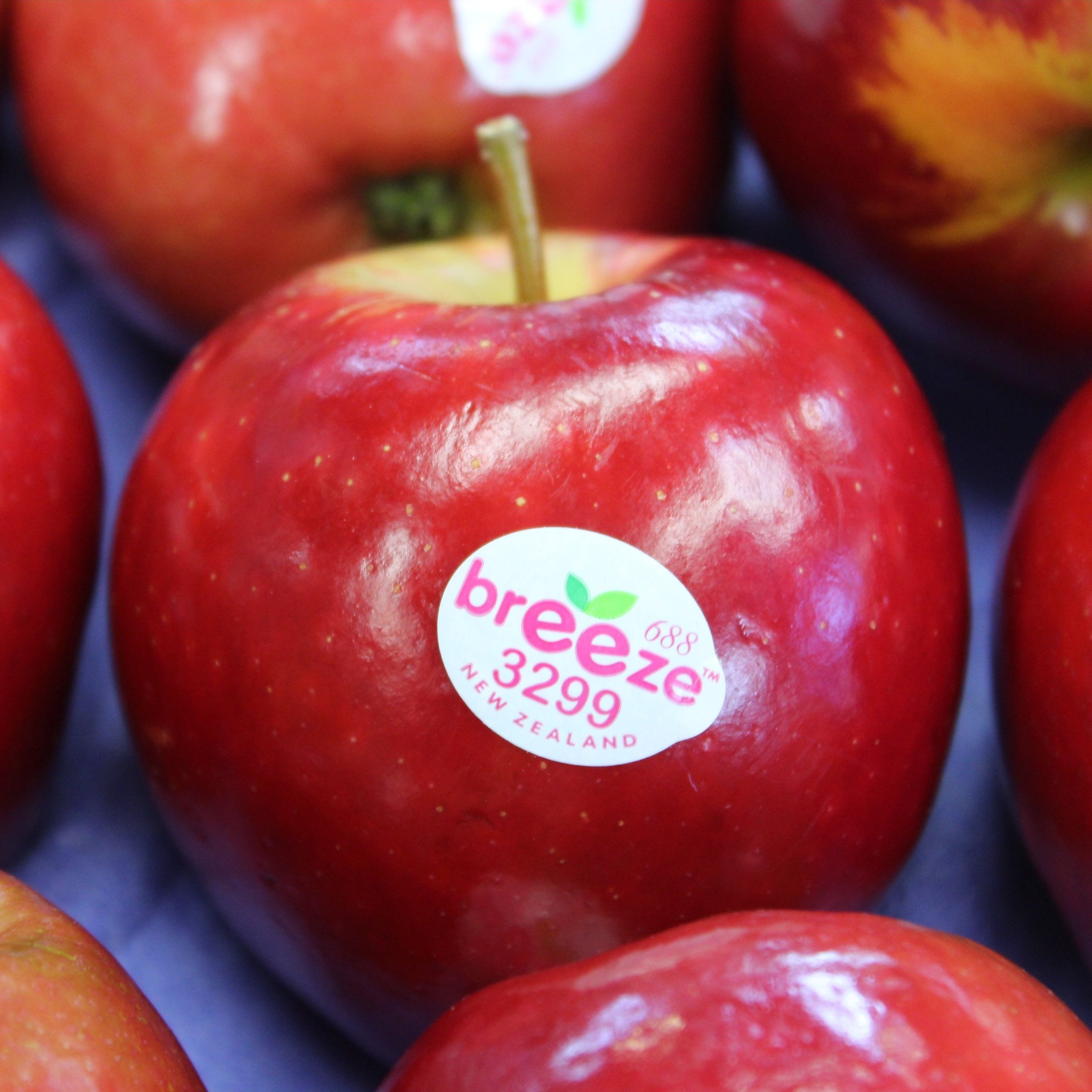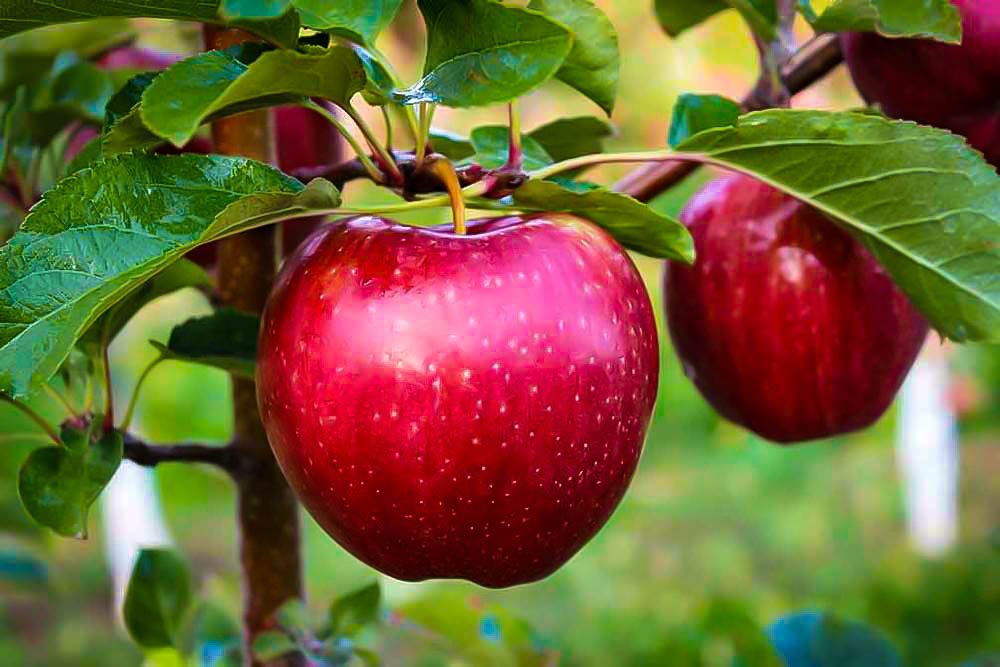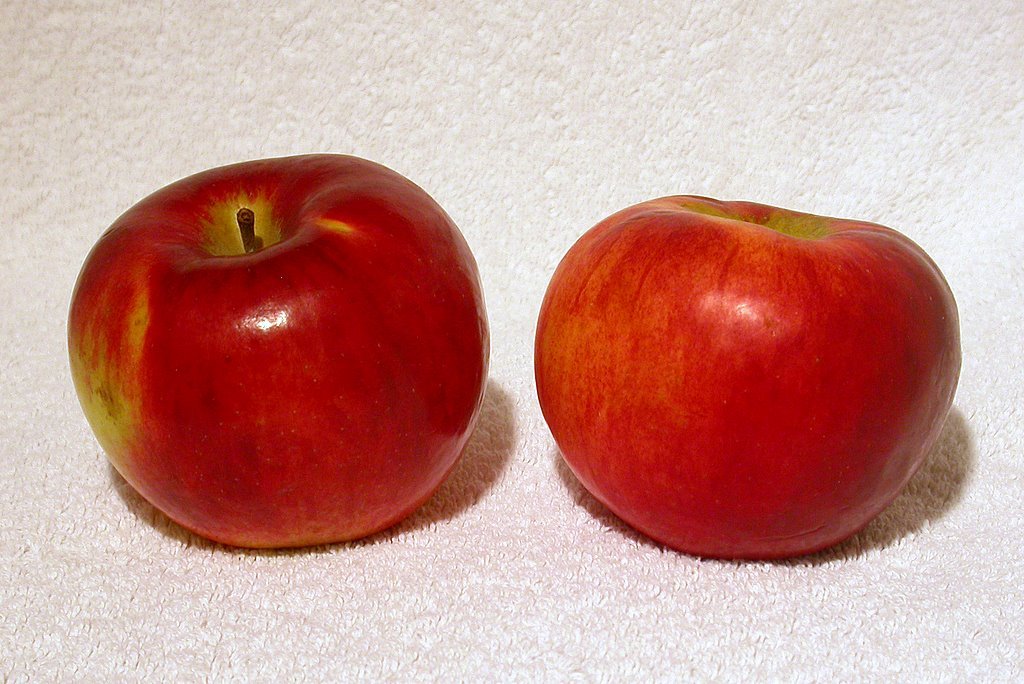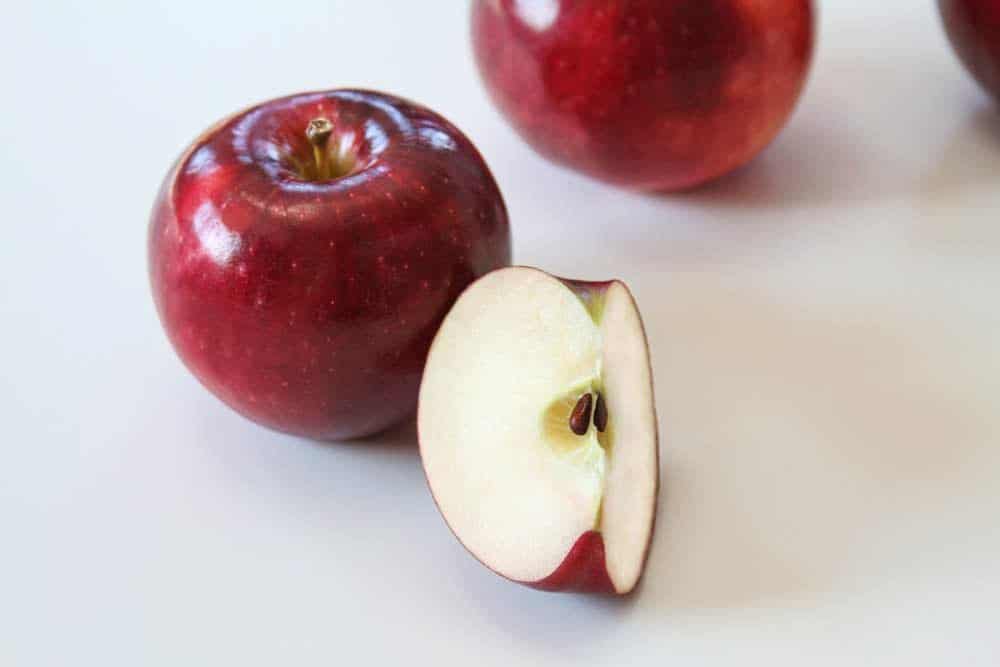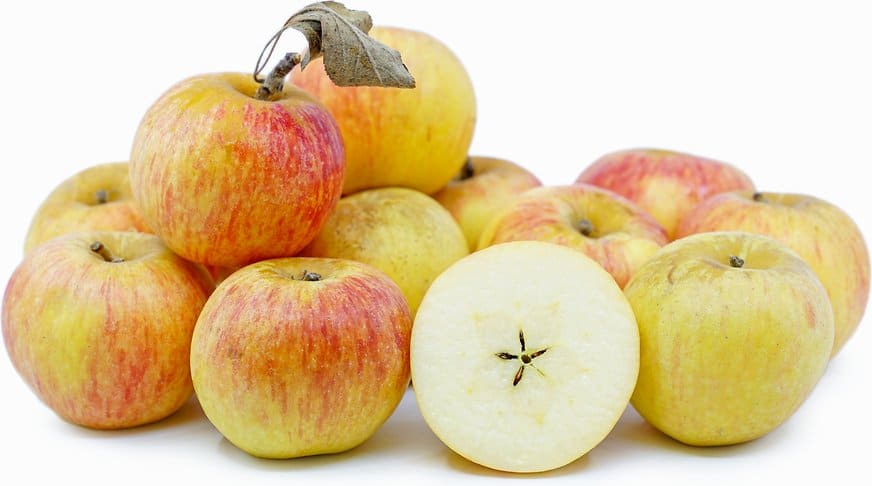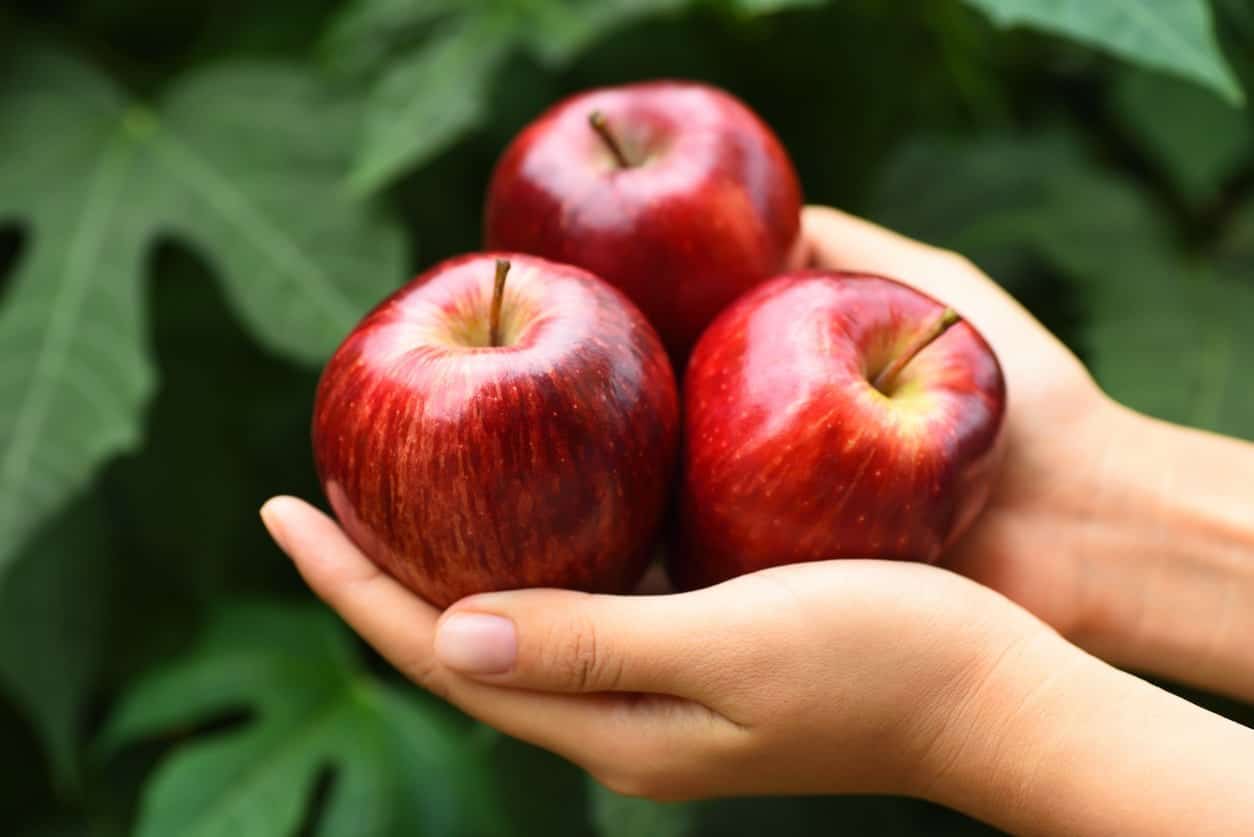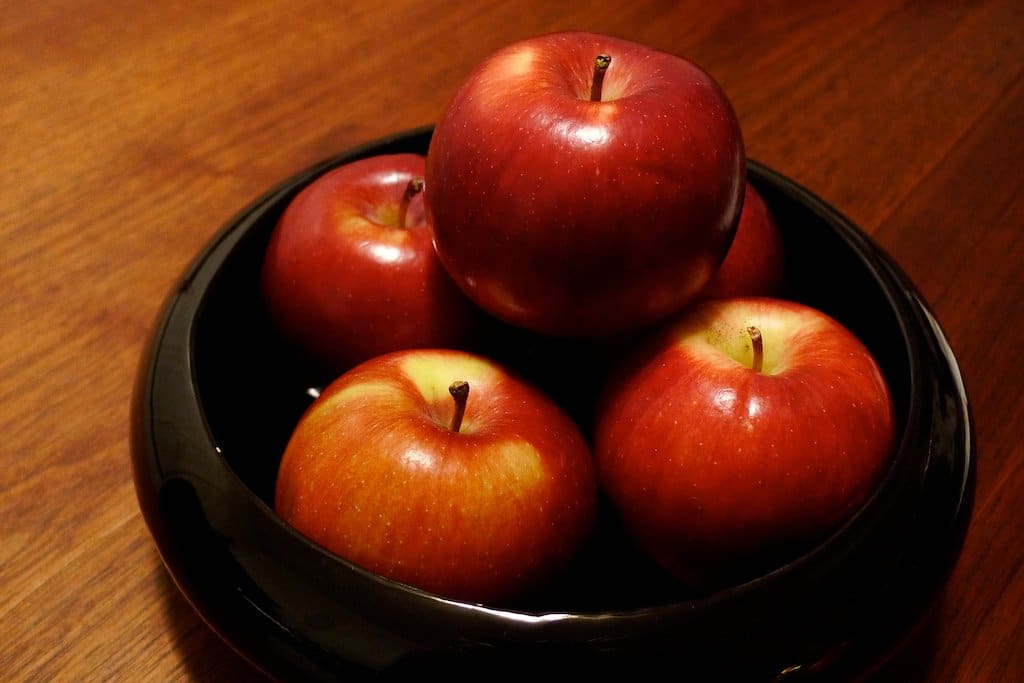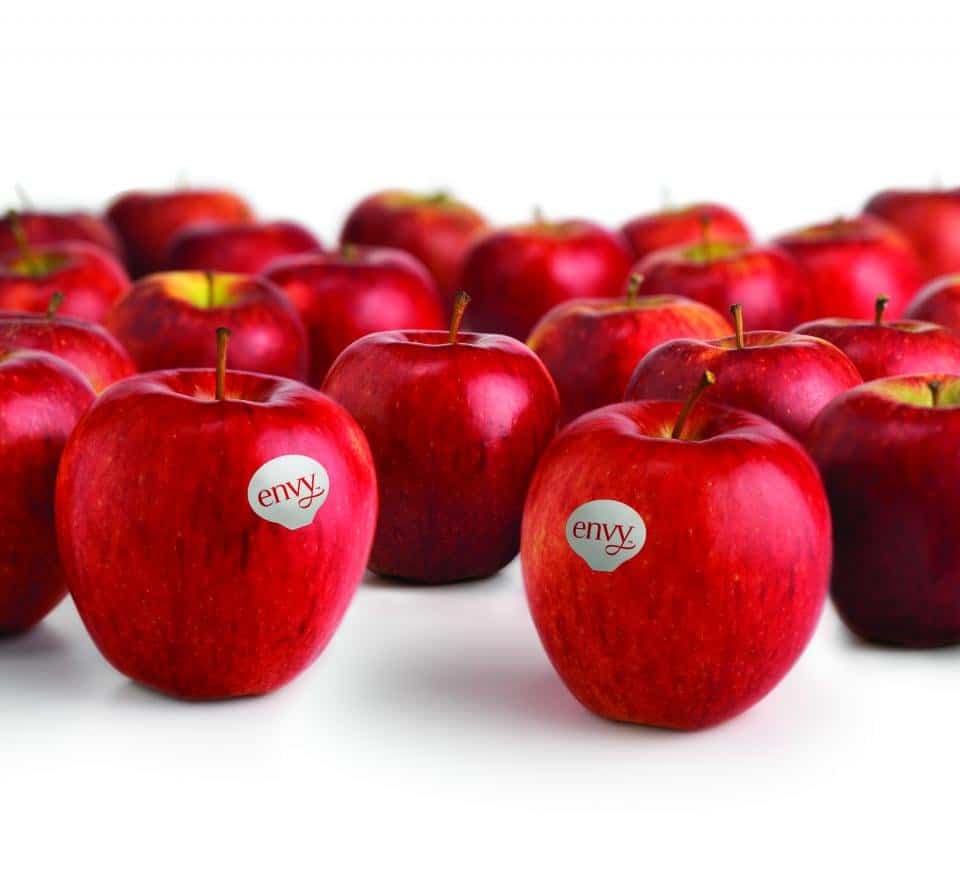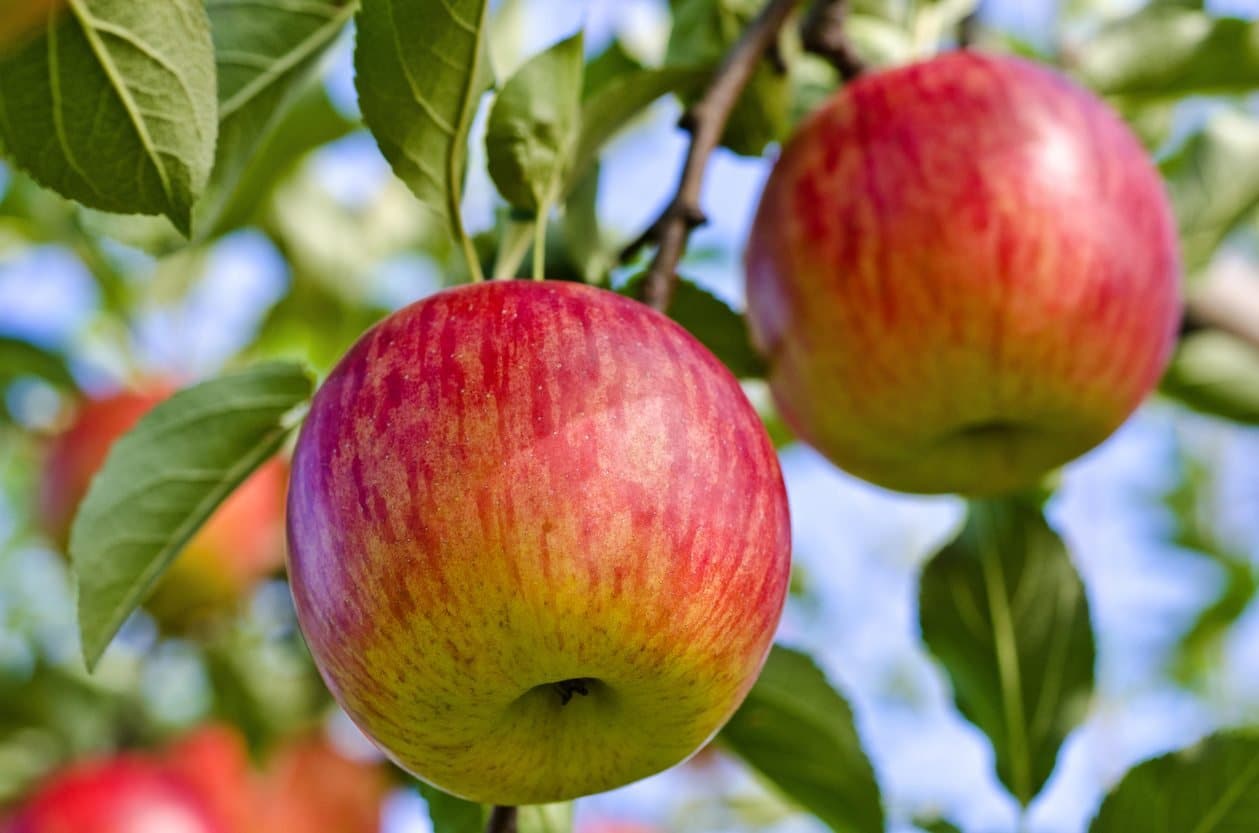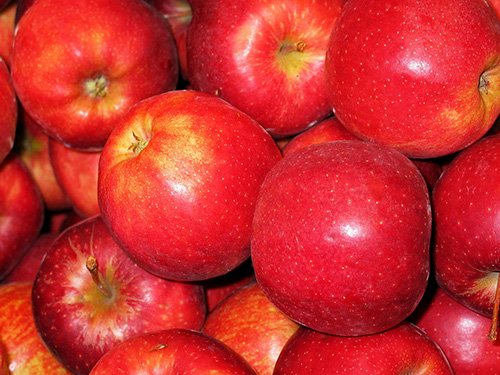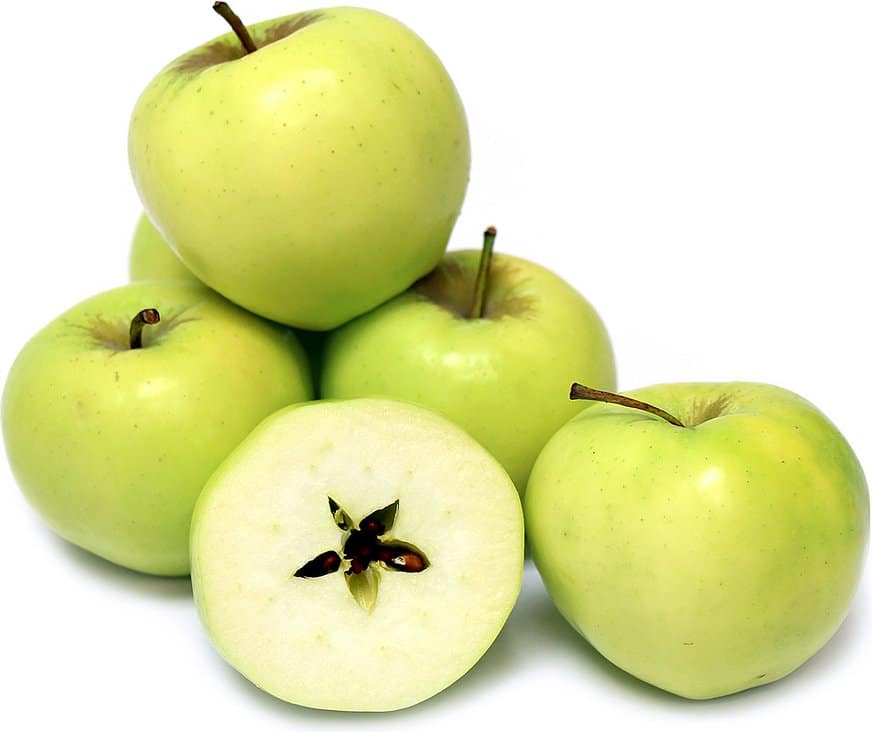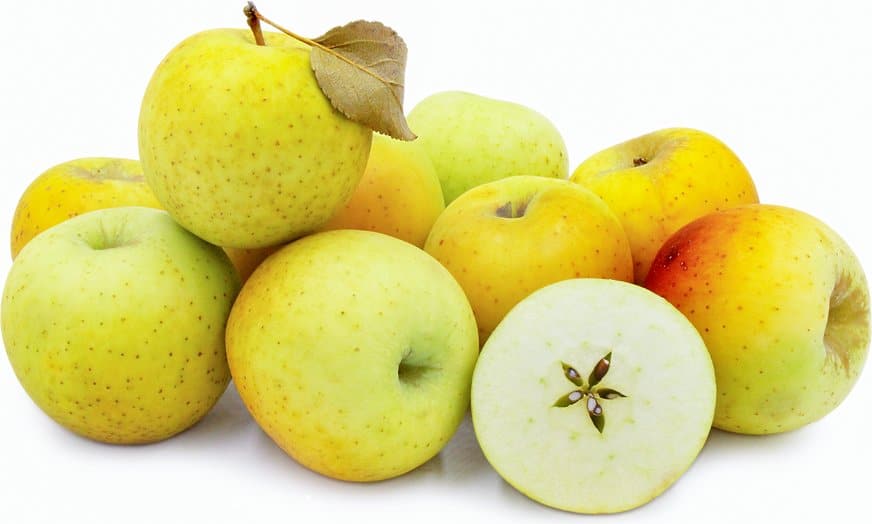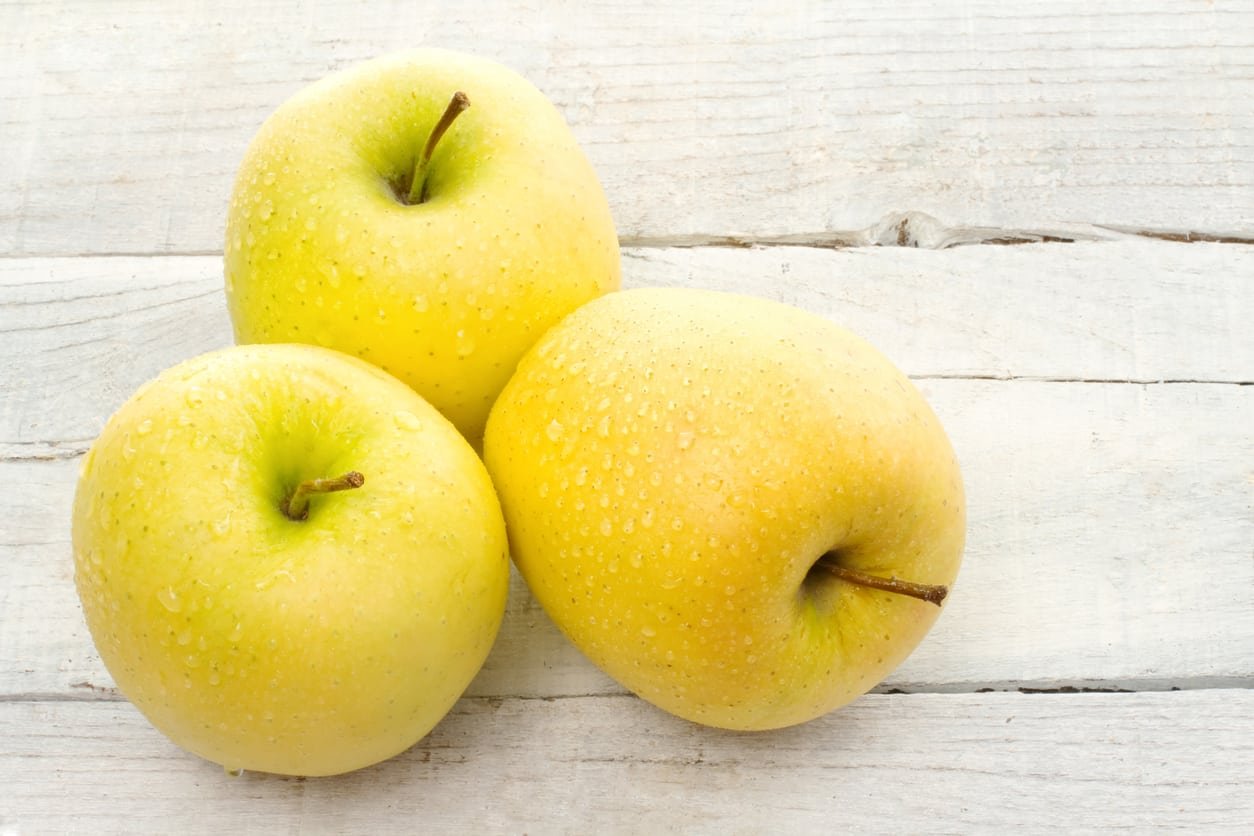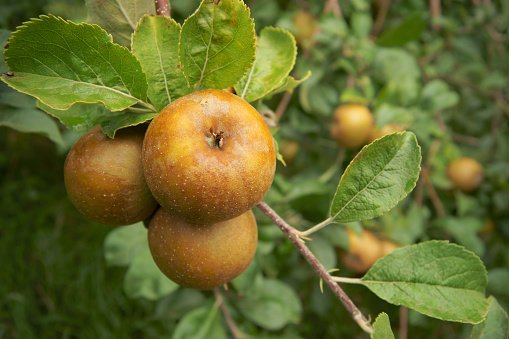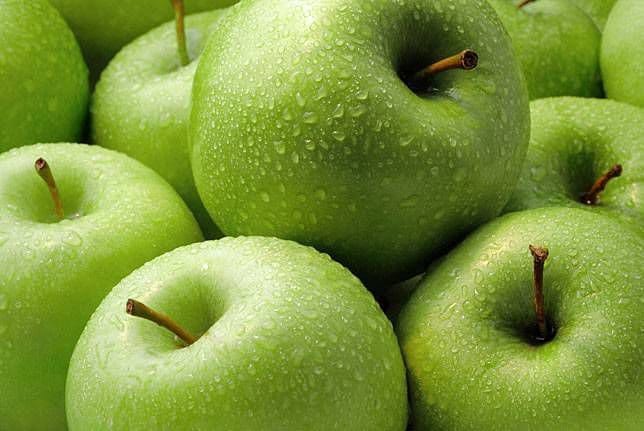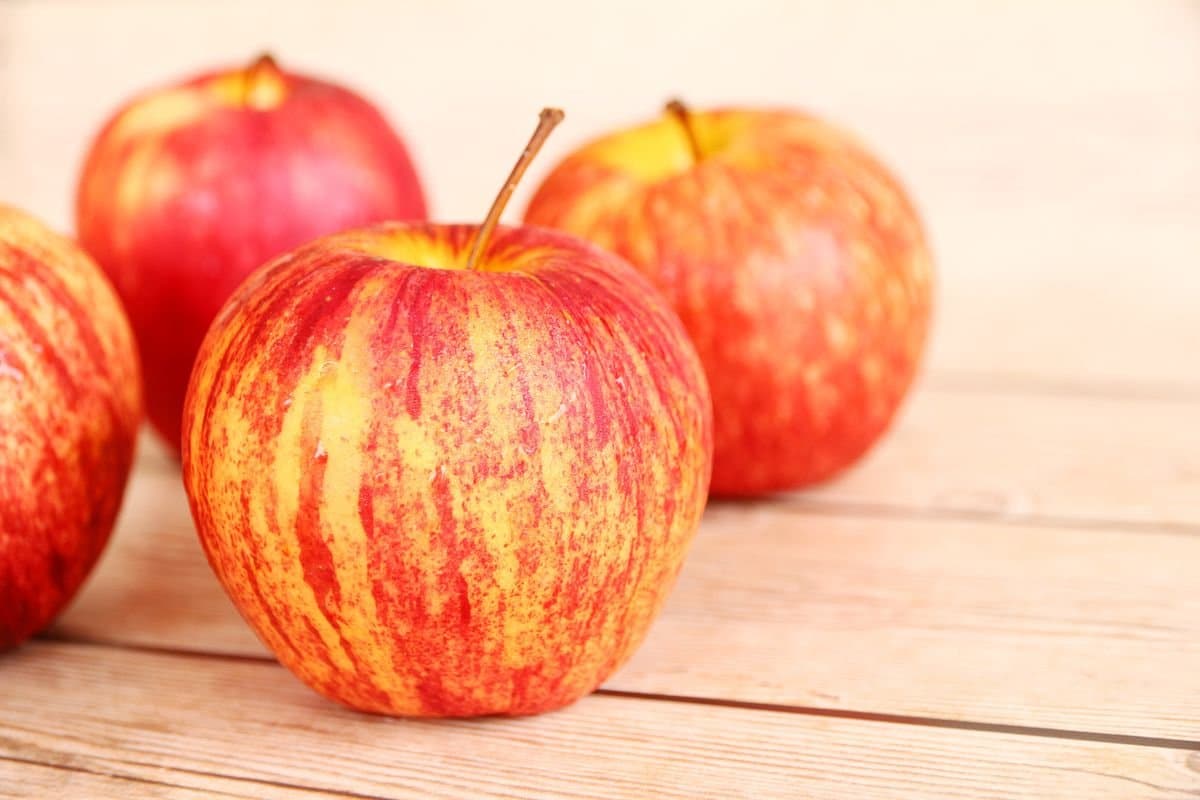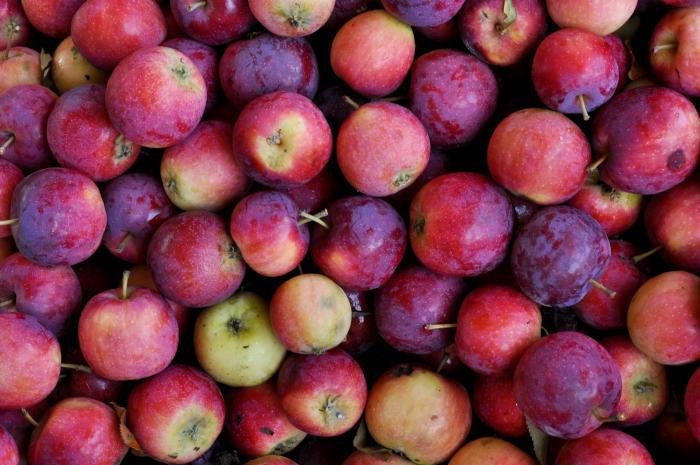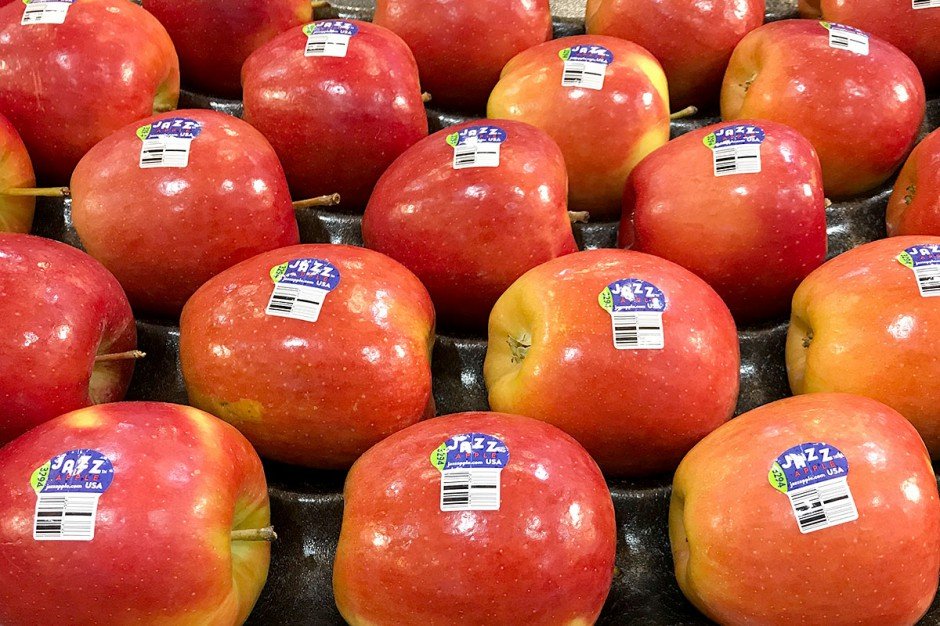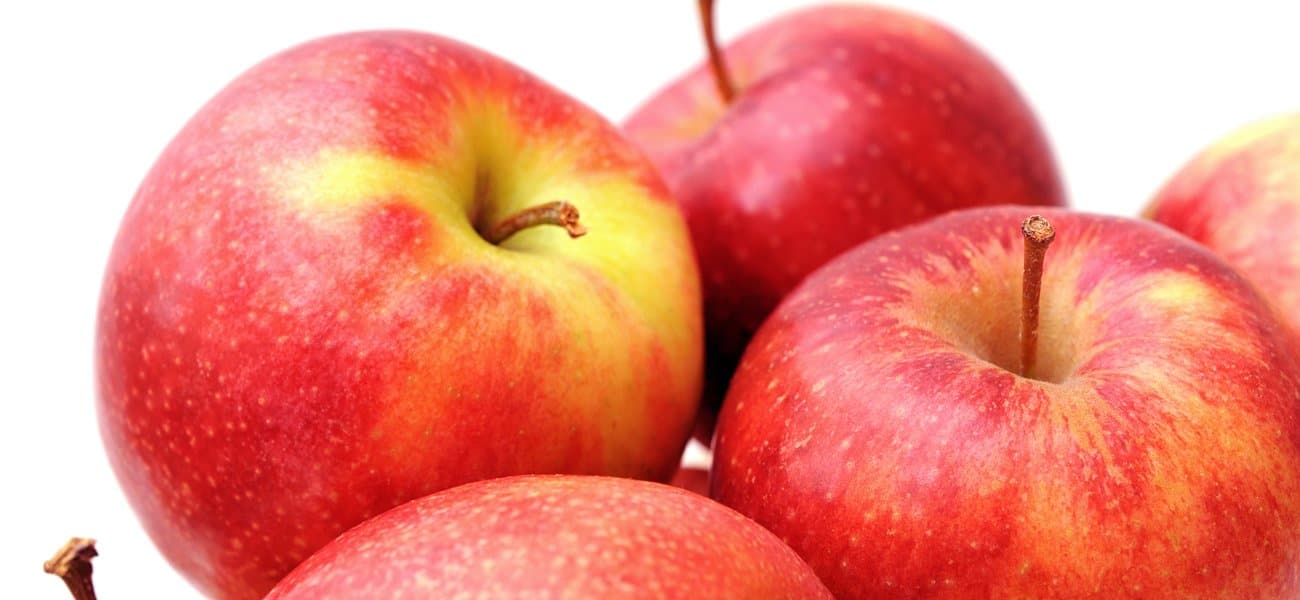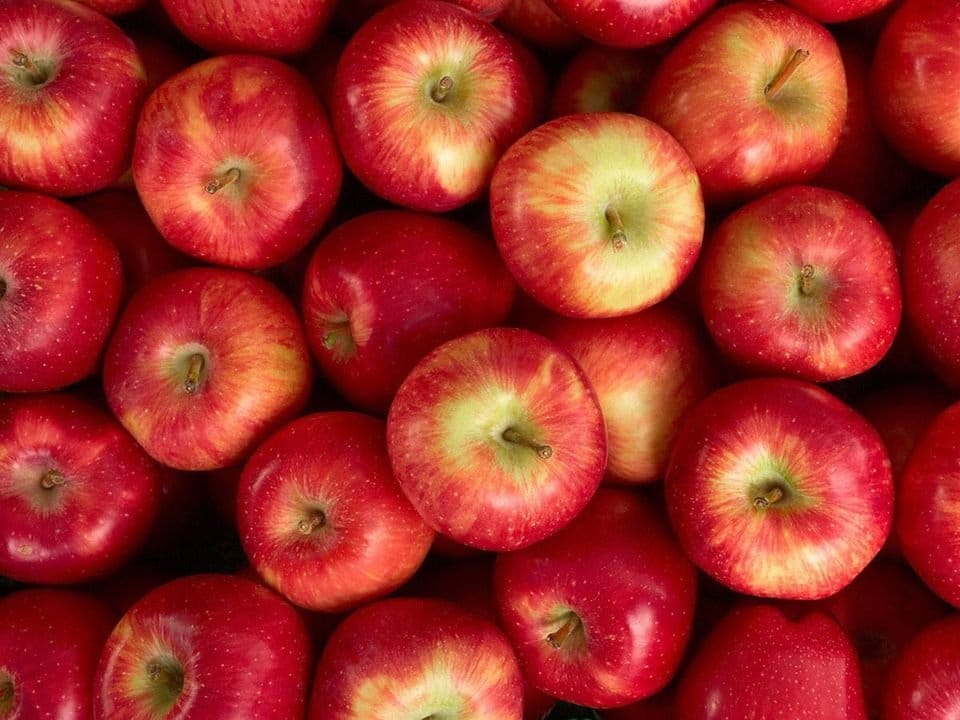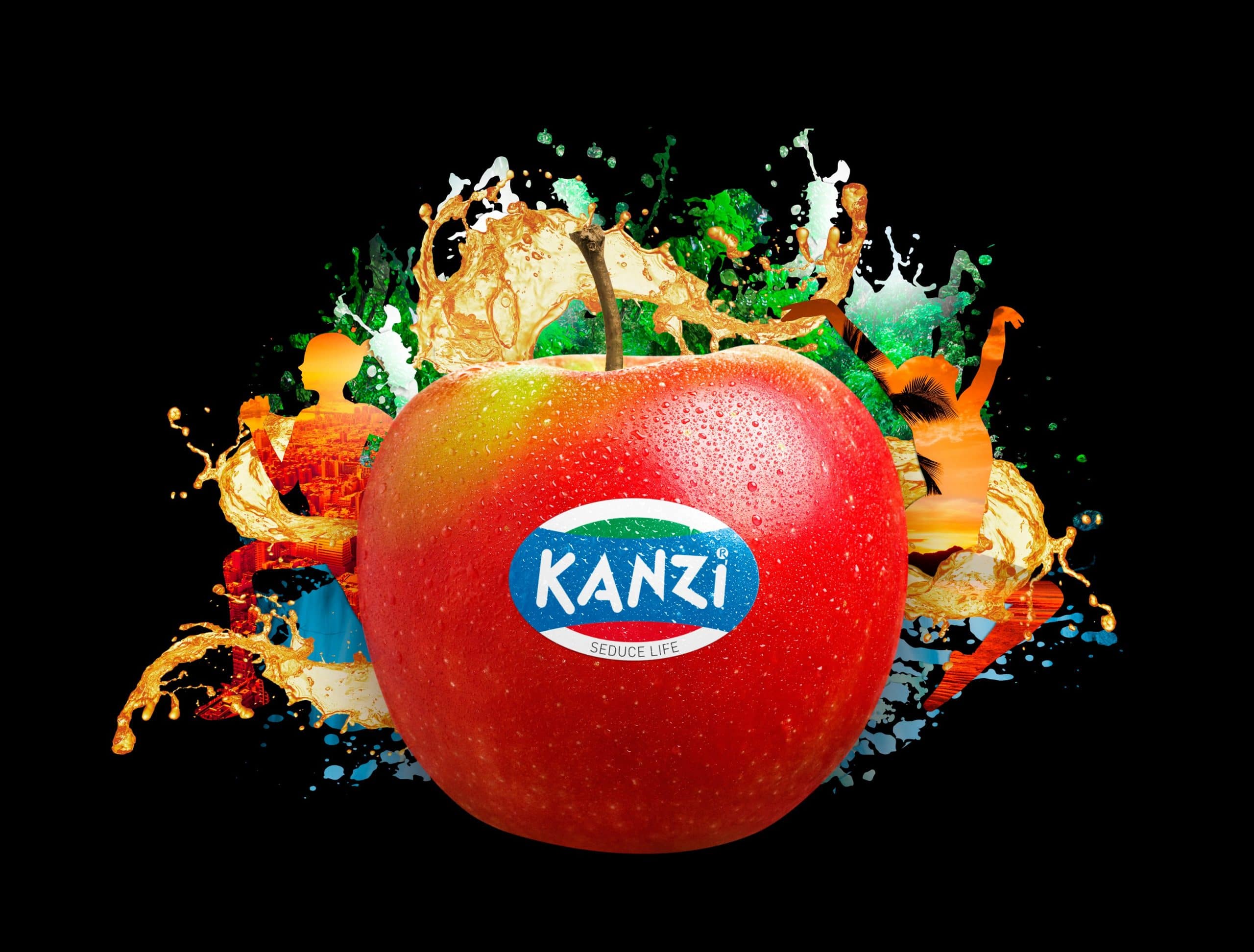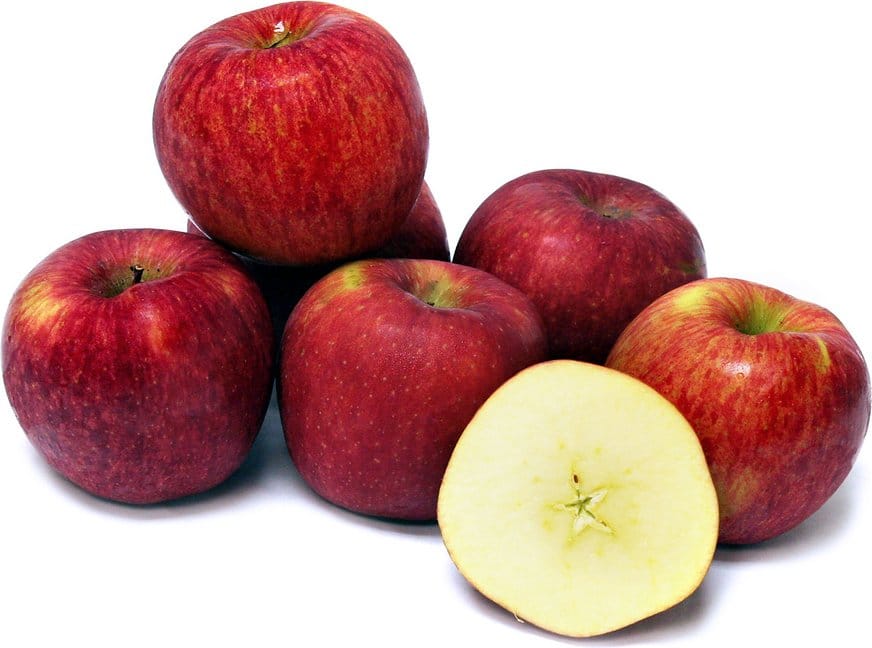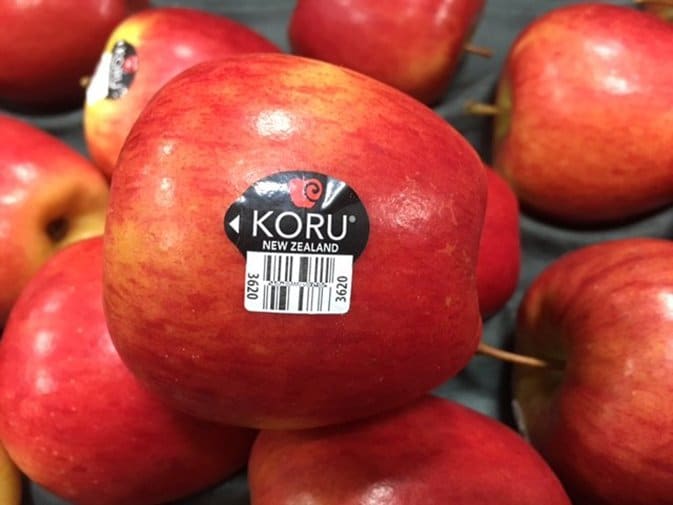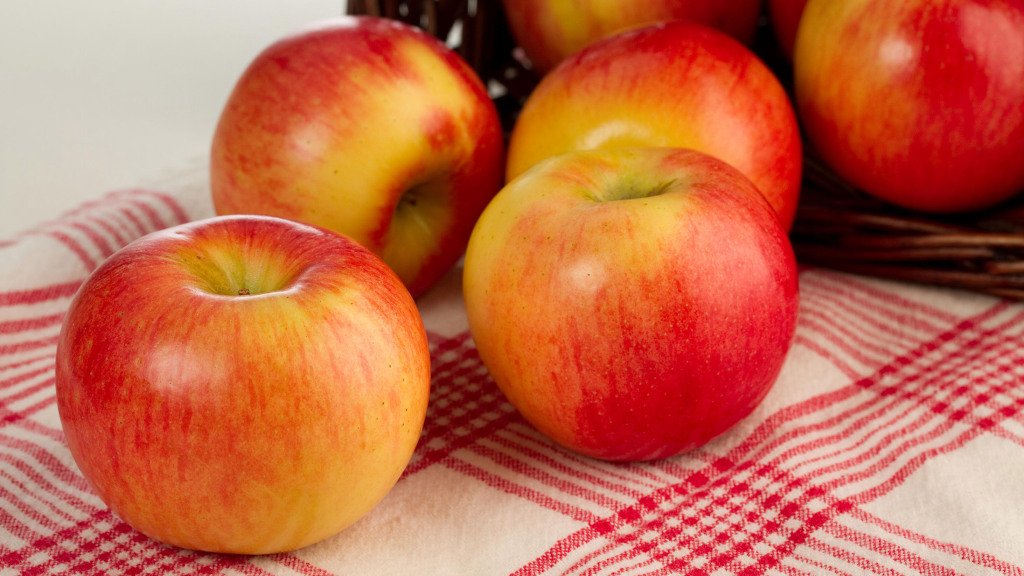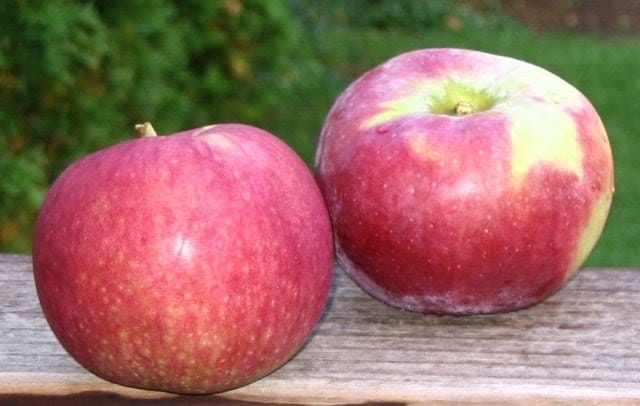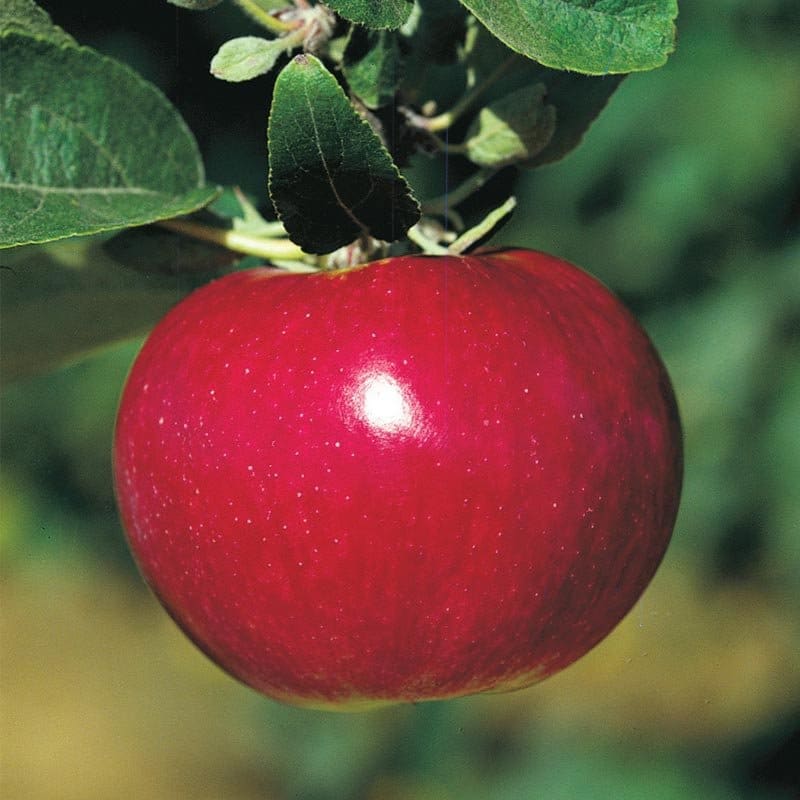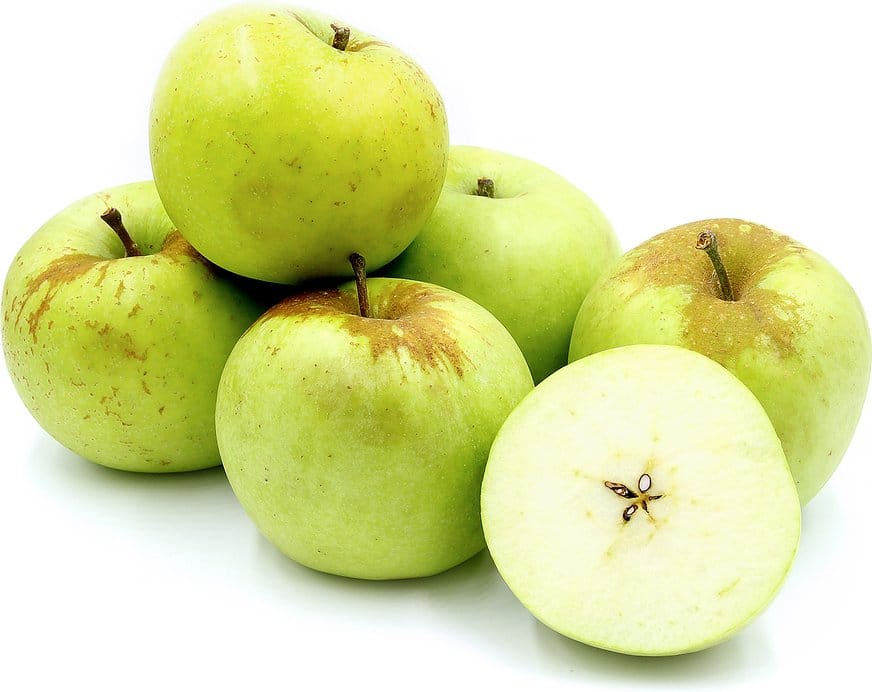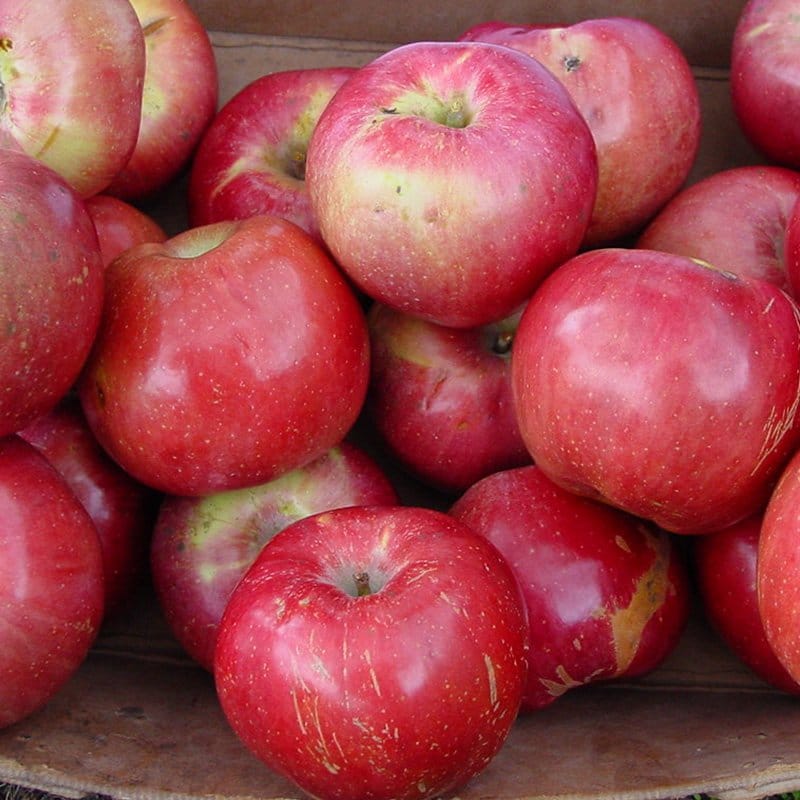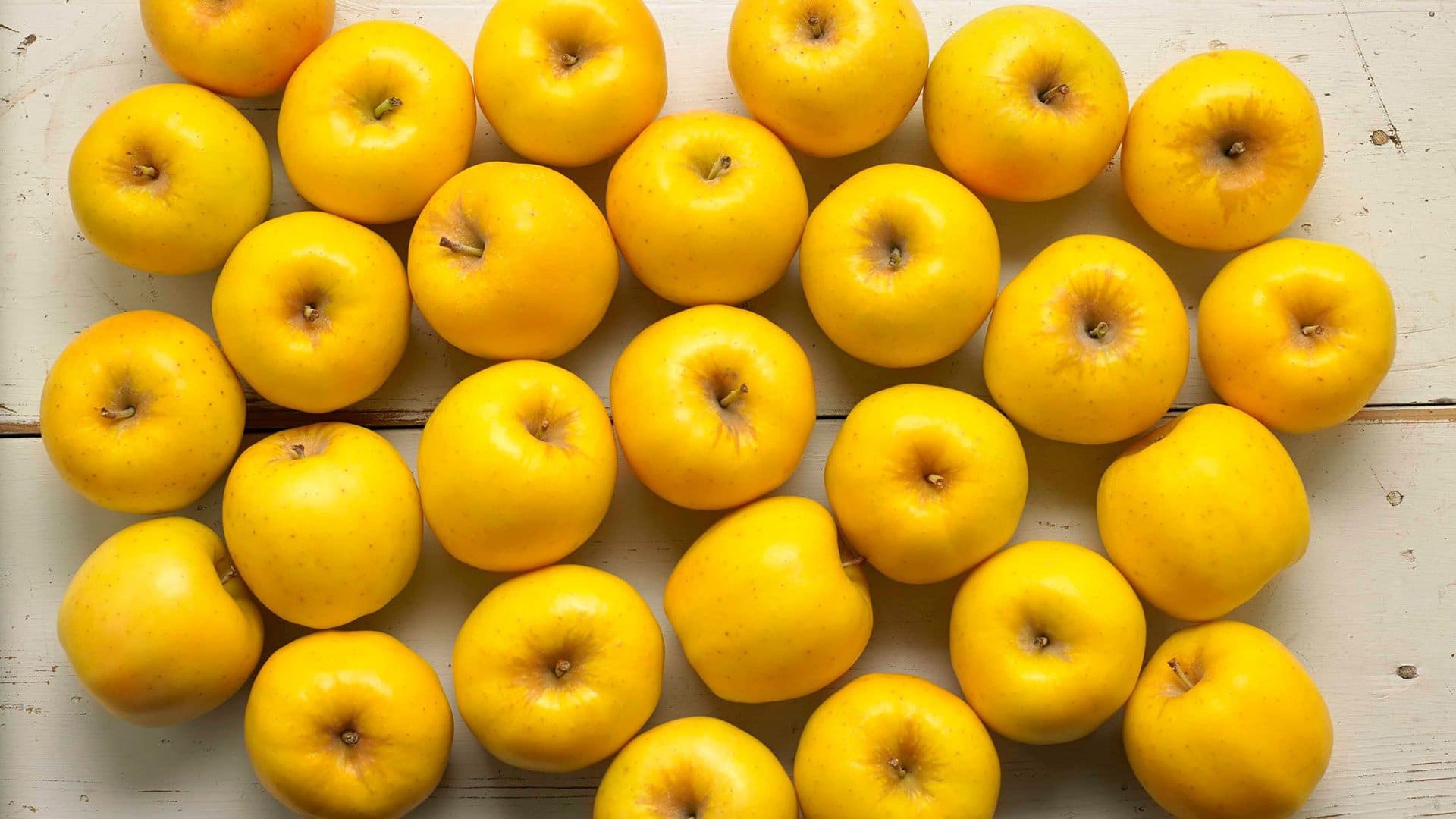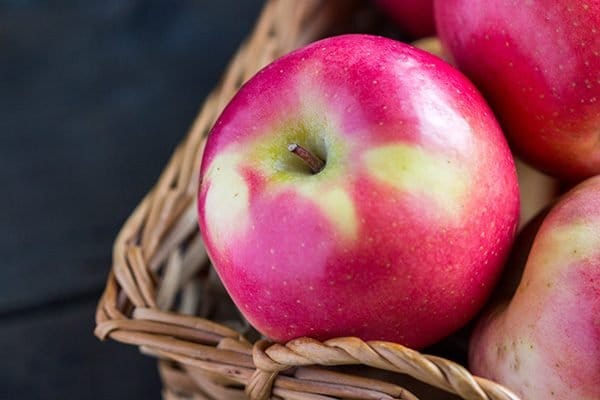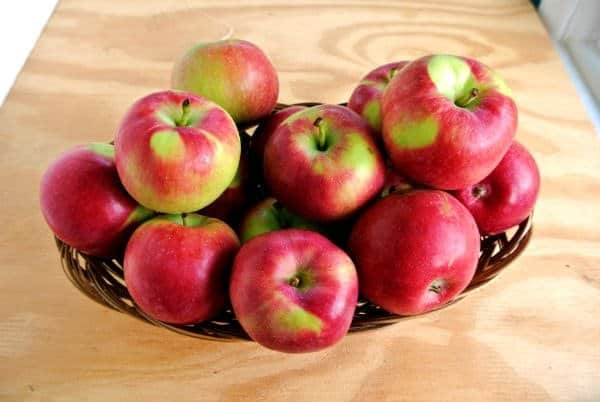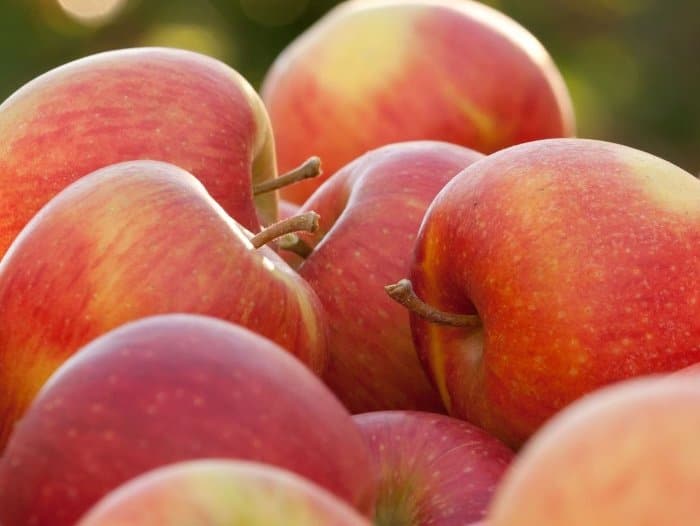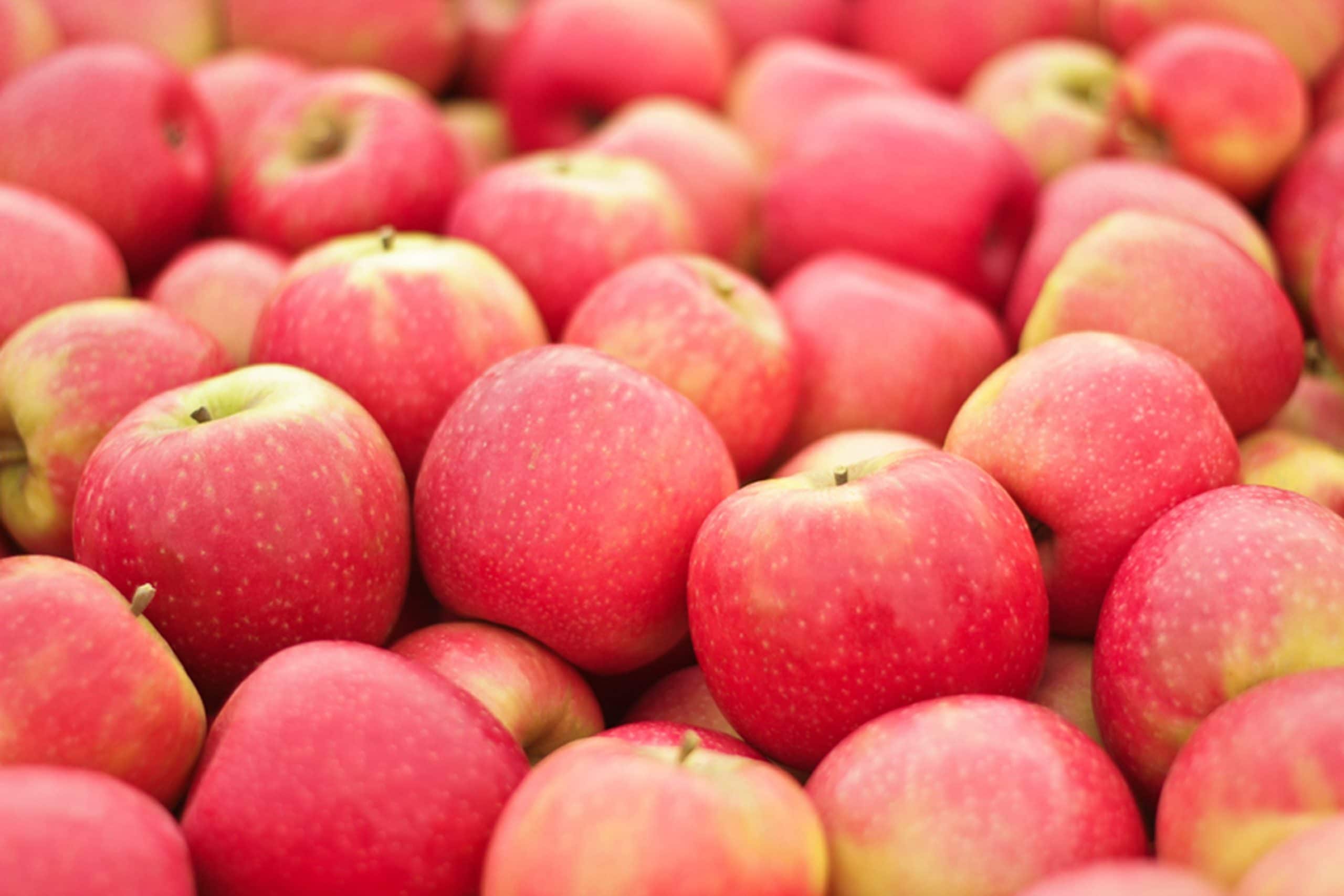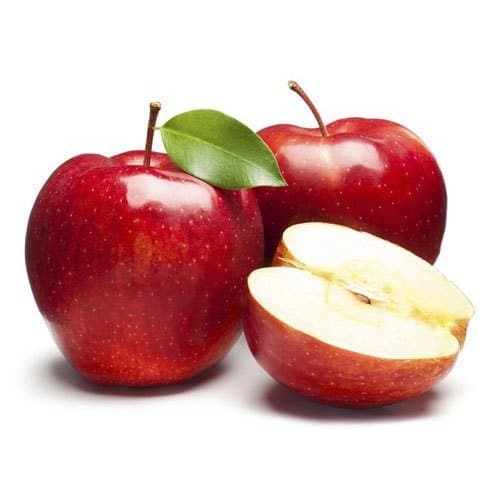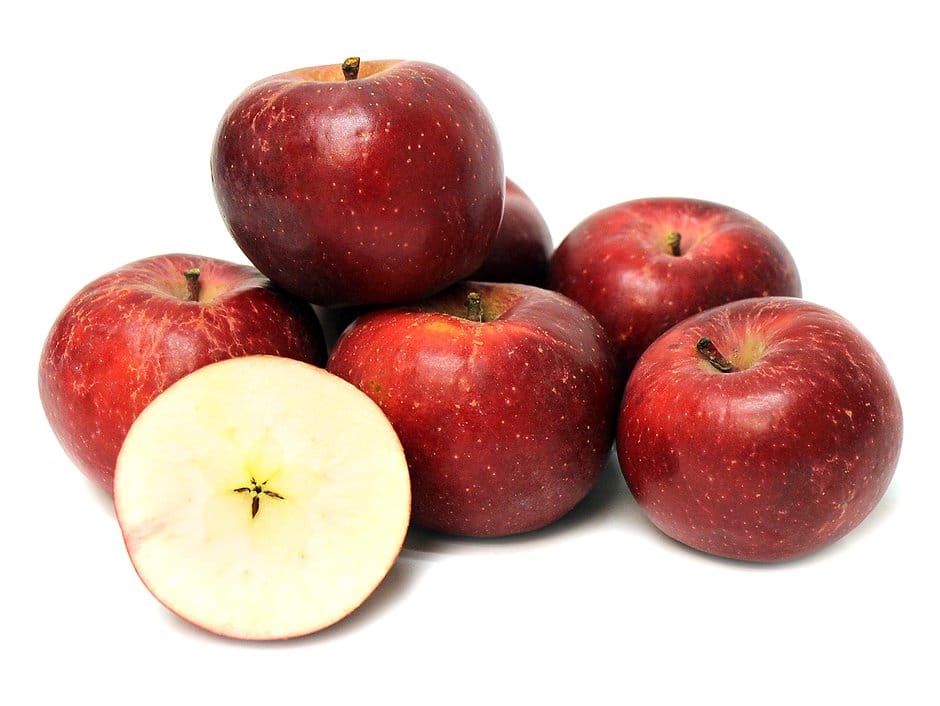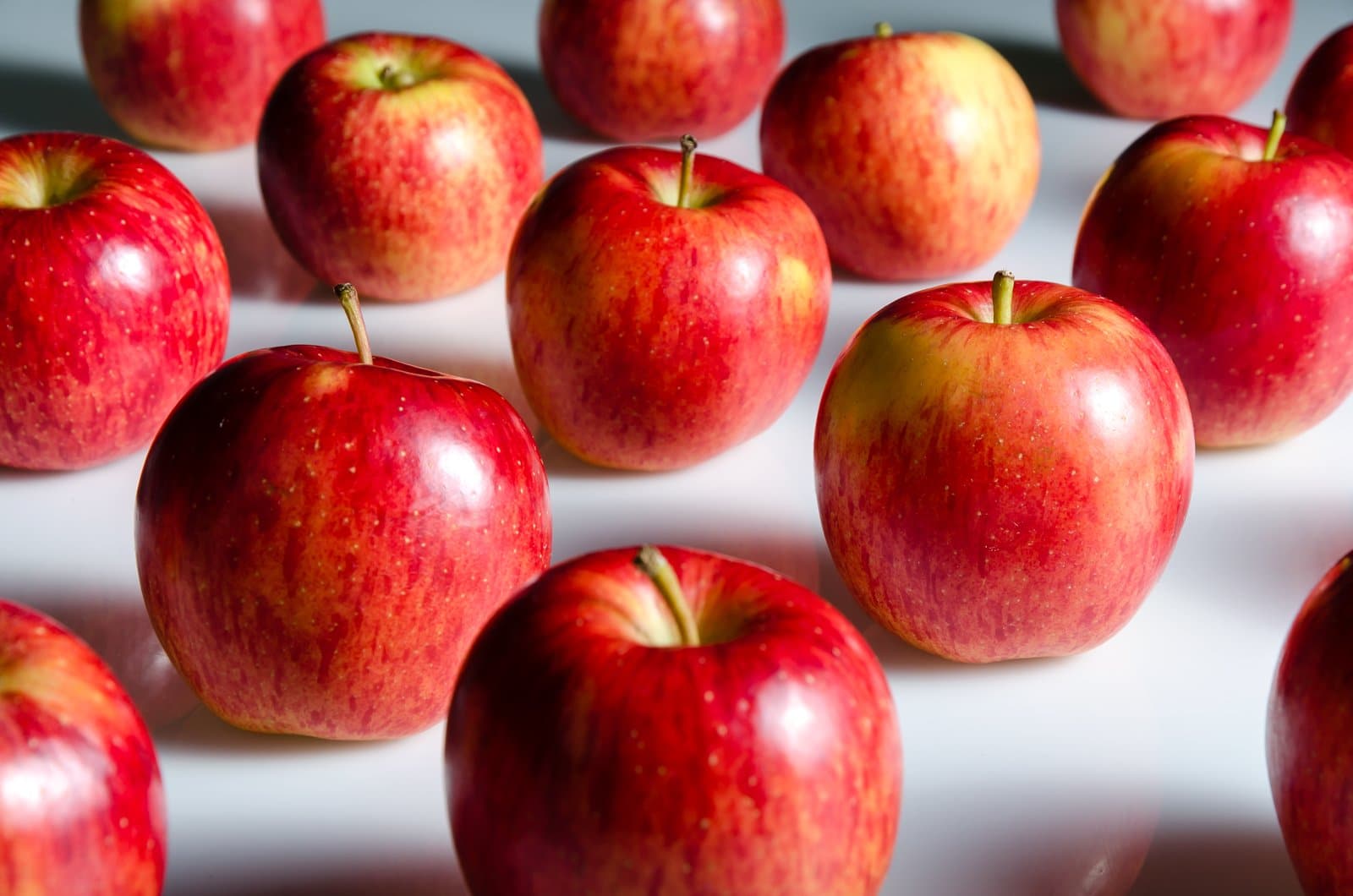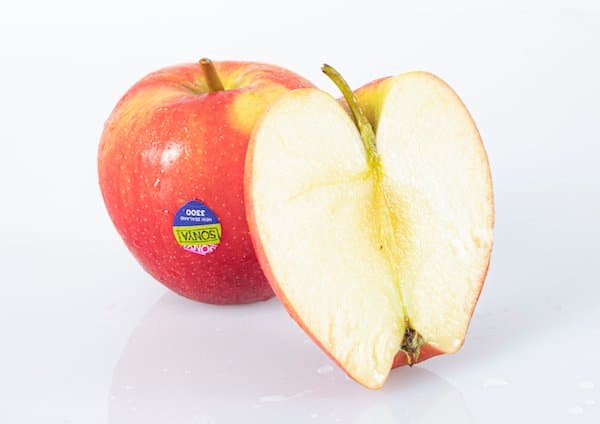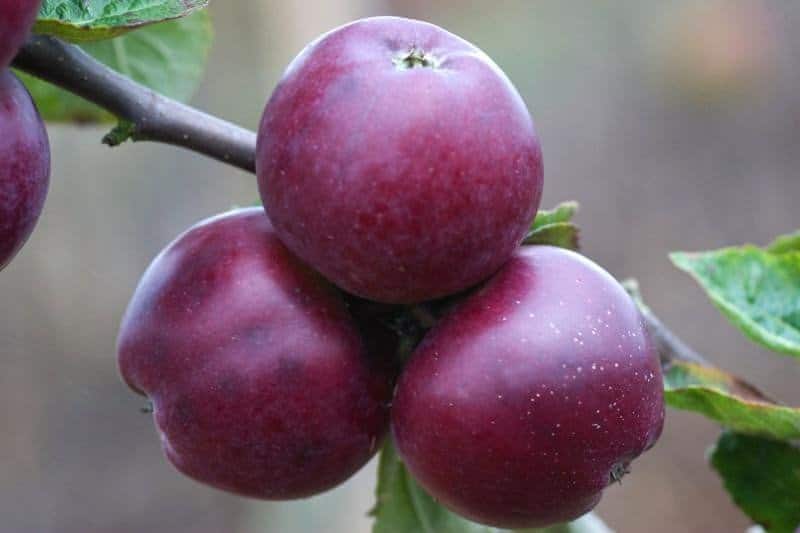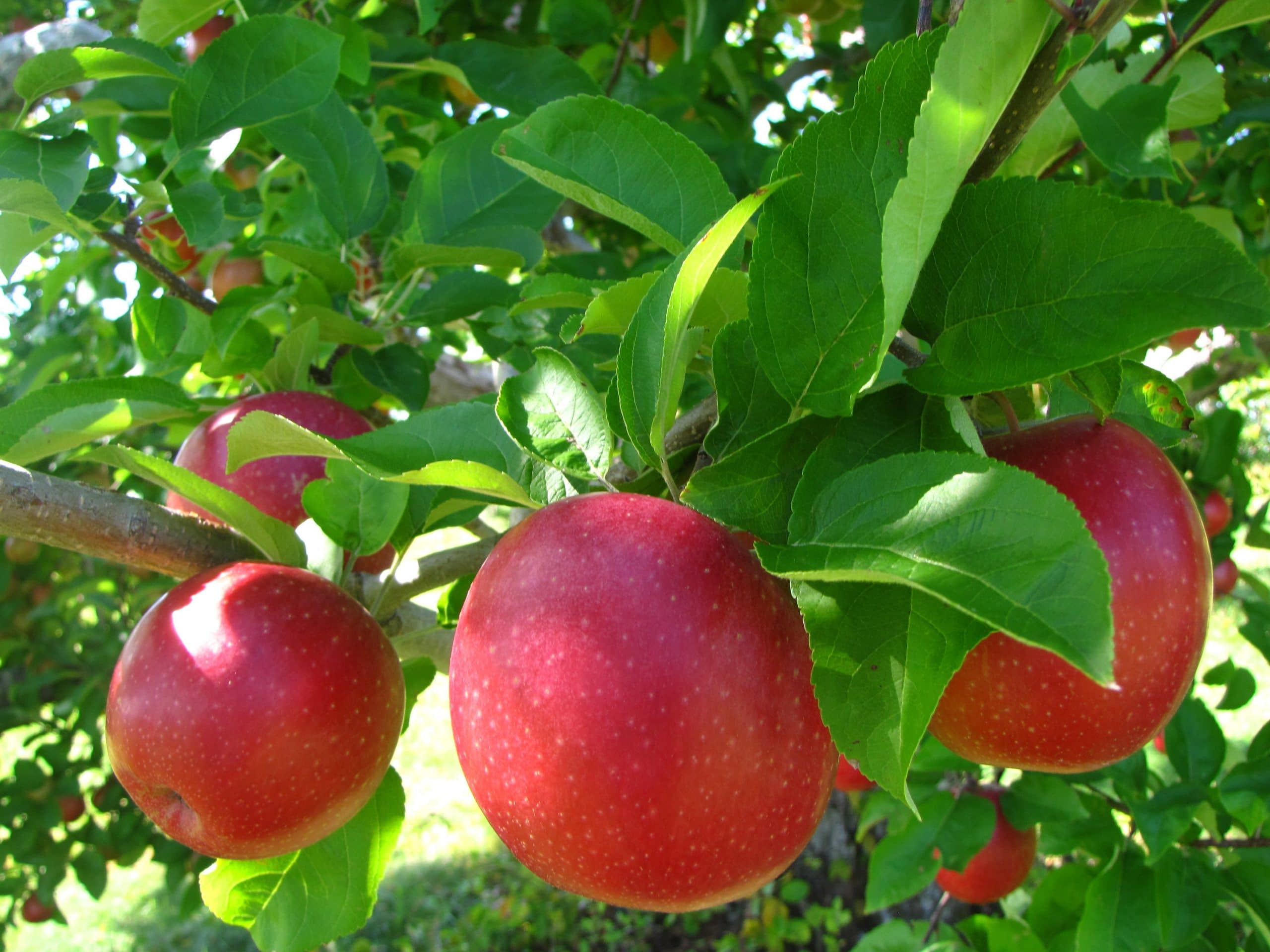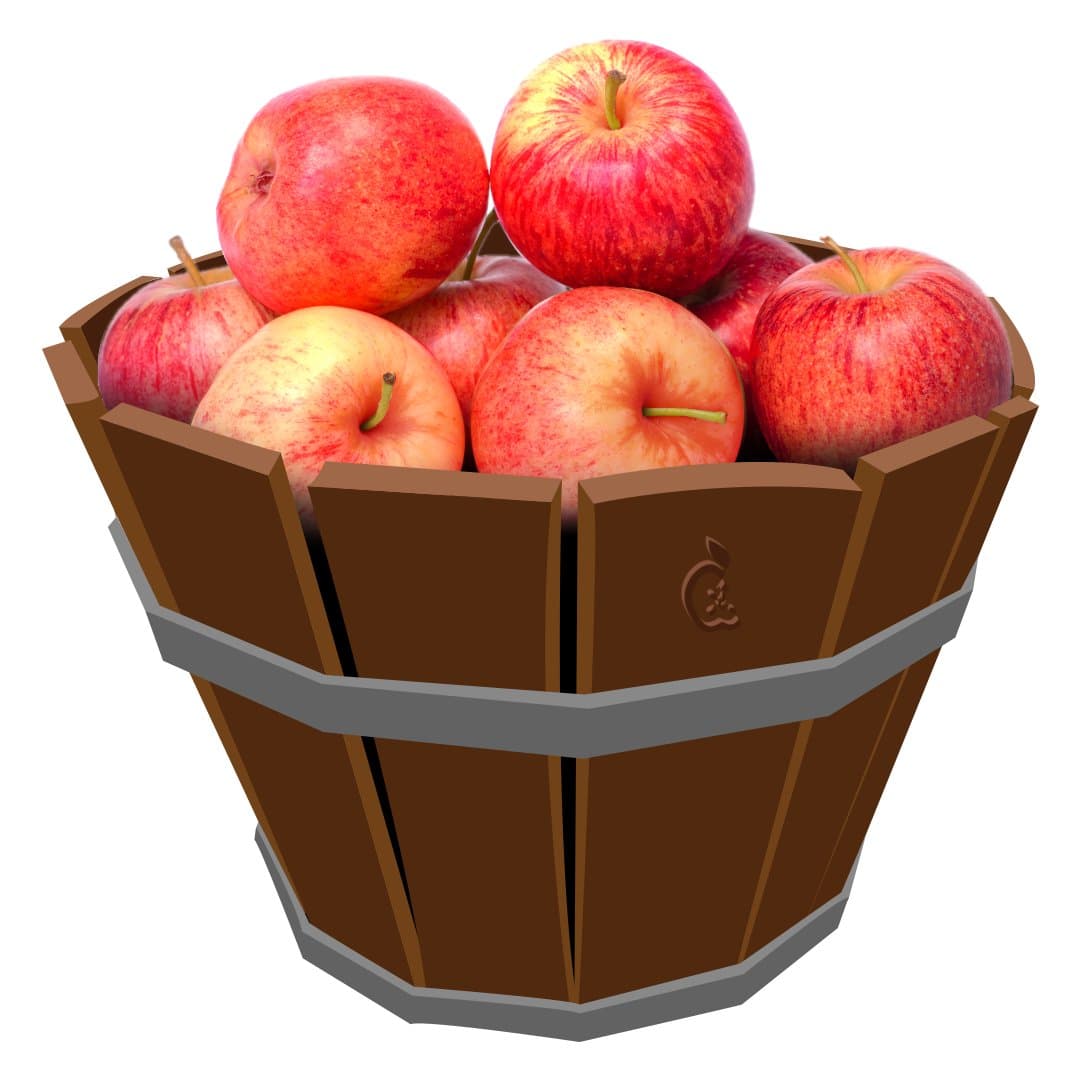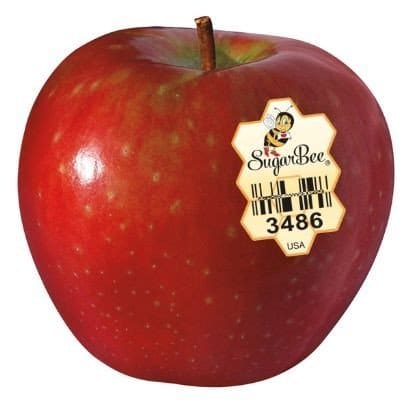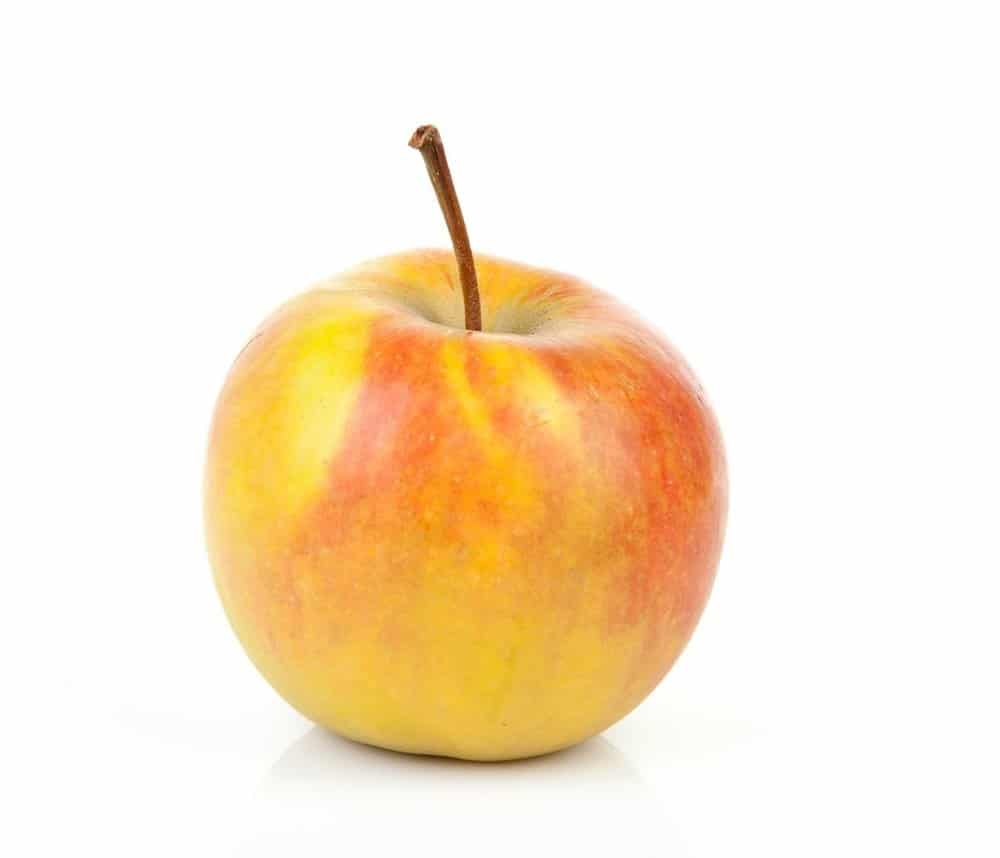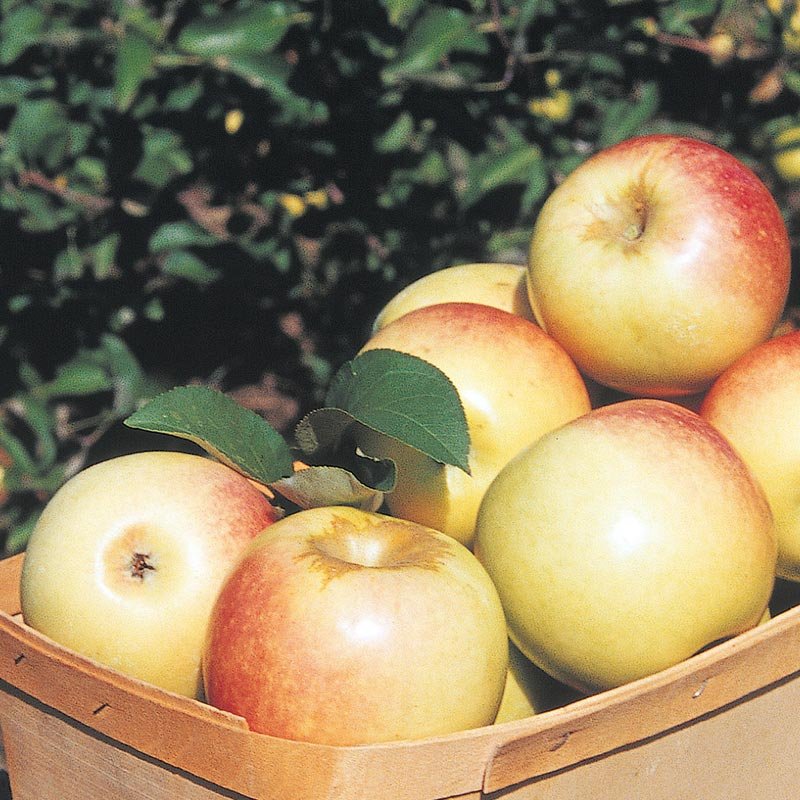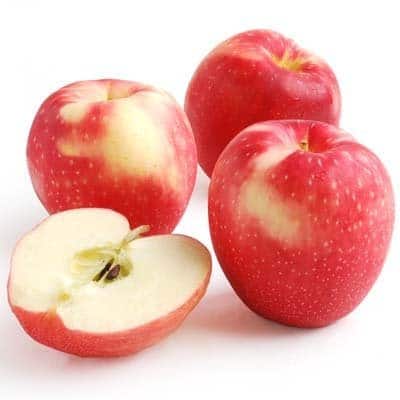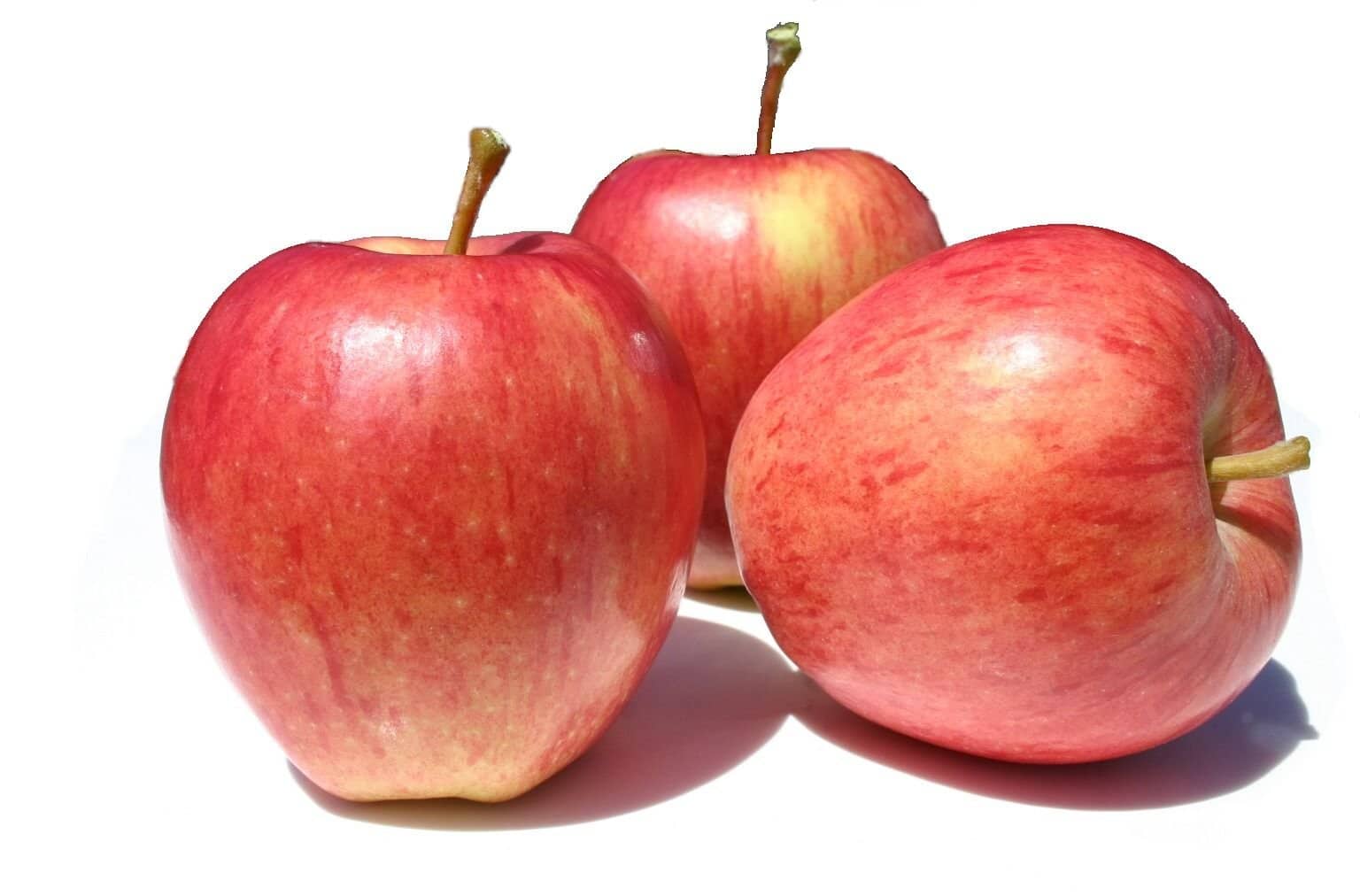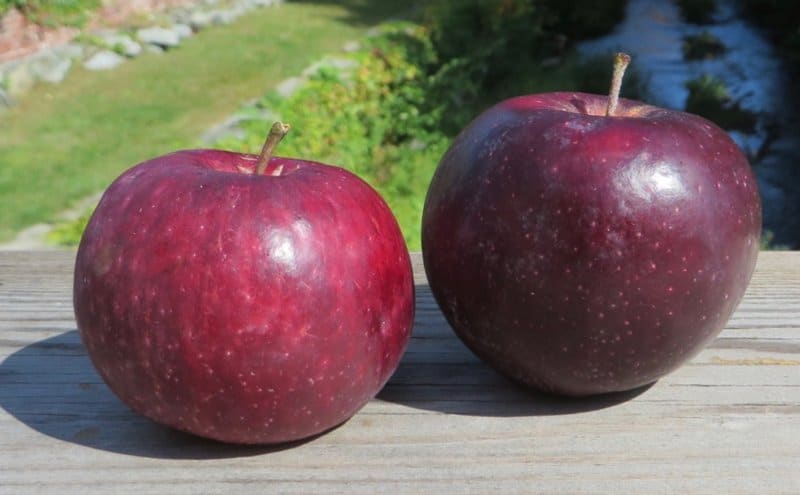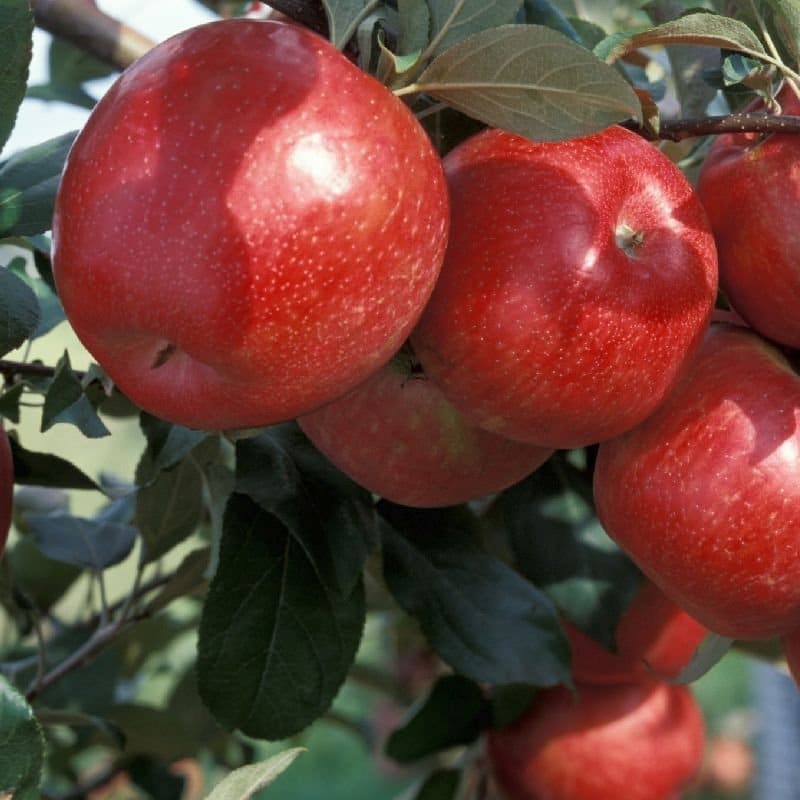Apples, one of the most popular fruits in the world, are widely available in almost all parts of the world. The different types of apples include; green apples, red apples and yellow apples. Due to their ruby-red body, red apples look exotic, making them more popular than green and yellow apples. For a long time, apples have been known to prevent various diseases. Fortified with vitamins and antioxidants that fight disease, apples remain one of the best fruits for your health, which is why the popular adage “One apple a day keeps the doctor away.”
Researchers have proven that an apple is not only beautiful in appearance and sweet in flavor. With the exception of seeds, which can negatively affect some consumers, apple fruits, including the skin, are suitable for human consumption. According to a USDA study, a typical 250-gram apple contains approximately 126 calories. In addition, the apple contains nutrients with vitamin C and dietary fiber.
Apples are fruits belonging to the rose family. They are the second most valuable fruit in America (first place is oranges), and in America alone they are represented by more than 2,500 different species. More than 7,500 different varieties of apples are grown worldwide. Apples Red and Golden Delicious, Fuji, Gala and Granny Smith are widely known in the USA.
They are available in a variety of colors, including red, yellow, or green, and can be as small as cherries or as large as grapefruits. An apple can be tart, tangy, or sweet. Each apple has five carpels, otherwise called seed pockets. Each pocket contains a certain amount of seeds, taking into account the general health of the plant and apple variety. Apples are more nutritious when eaten raw, without the skin. Below is the latest list of all types of Apple that you should know about. Read this extremely detailed list.
Types of Apple Fruit in World with Names and Pictures
The apple of your choice can be sweet or tart, depending on variety. From those that are perfect for snacking to those ideal for baking, we’ve got the variety you’re looking for. Here is the latest list of all types of apple fruit names with pictures and images that you should know about.
1. Ambrosia Apple
Ambrosia is a beautiful medium sized apple with orange/red flush over a pink color on a yellow background. Thus, it is very similar to the modern preference for “bi-coloured” apples.
The taste is pleasant and sweet, but monotonous as there is no acidity to counterbalance the sweetness, which of course is not necessarily a bad thing. The texture is inherently fresh, but not as crisp and tough as Braeburn or Jazz – slightly more softer crunch you can find at Golden Delicious.
2. Autumn Crisp Apple
A Autumn Crisp Apple has a unique sweet-tart flavor, but this very fresh and juicy apple is definitely sweeter than the tart, making it a great choice for a fresh apple from the tree.
When it comes to an apple for salads, cooking or baking, this apple is the perfect choice because it contains more vitamin C than many other apple varieties and browns very slowly after slicing.
3. Autumn Glory Apple
The Autumn Glory apple has a large tends toward and an asymmetrical shape. It has yellow skin with red stripes. Autumn Glory’s yellow flesh is firm, crunchy, rough and very juicy. It has a cider flavor, and the sweetest flavor is candy apple or baked apple pie with caramel and cinnamon. Apples “Autumn Glory” are not particularly acidic. This apple tastes like its parents, especially Fuji.
4. Baldwin Apple
The Baldwin apple tree produces a bright red winter apple of very good quality. The Baldwin apple tree was the most popular apple in New England. The apple is often medium to large, sometimes very large. The skin is yellow, reddish-orange, striped red. Flesh from firm to coarse, yellowish; the taste is sweet and fresh.
5. Black Oxford Apple
Black Oxford is a beautiful traditional Maine apple. Dark red skin usually has an attractive color, which is believed to contribute to its overall good disease resistance.
Like many old heirlooms, Black Oxford is a versatile apple – it can be eaten in winter, cooked well, and the juice tastes good.
6. Braeburn Apple
Braeburn is a hard-to-touch apple with red/orange vertical stripes on a yellow-green background. The intensity of its color depends on the growing conditions.
Braeburn apples have a combination of sweet and tart flavor. They are available from October to April in the northern hemisphere, medium to large in size. They are a popular fruit among growers for their ability to keep well in the refrigerator.
7. Breeze Apple
Breeze is the first apple harvested in New Zealand. This allows shoppers to be the first to start the New Zealand season. Early, red and sweet.
The breeze is aromatic and very crunchy. Harvested at optimal maturity from the rich soils and warm climate of New Zealand, Breeze is the perfect blend of apple properties.
8. Cameo Apple
Cameo is a completely new apple variety. The shape is very similar to Red Delicious, but Cameo lacks the intense red color of Red Delicious. The color seems to vary considerably, from a crimson apple to a pale green apple with an orange blush.
The taste is quite subtle, with a hint of pear – like Red Delicious, but with less intensity. It’s also slightly crisper than Red Delicious, but still quite mellow.
9. Cortland Apple
Cortland is an apple cultivar grown at the New York State Agricultural Experiment Station in Geneva, New York, USA, in 1898. The apple was named after neighboring County Cortland, New York. It is one of the fifteen most popular in the United States.
An interesting feature of Cortland is that the flesh does not turn brown very quickly after slicing.
10. Cosmic Crisp Apple
Cosmic Crisp is an American apple with the variety name “WA 38”. Breeding began in 1997 at the Washington State University (WSU) Tree Fruit Research and Extension Center in Wenatchee, Washington, first under the direction of Bruce Barritt and now under the direction of Kate Evans.
Cosmic Crisp is mainly characterized by an evenly colored dark red skin, deep firm flesh and an extended shelf life. The appearance of the apple’s light lenses against the background of its red wine skin color resembles the focus groups of the galaxy against the night sky, which is why it was named Cosmic Crisp.
11. Cox’s Orange Pippin Apple
This is a classic English apple, often considered the best of all dessert apples. It originated in England in the 19th century as a chance to grow seedlings and has inspired apple lovers ever since. It remains unsurpassed in richness and complexity of flavor.
The range and complexity of the flavors make Cox’s Orange Pippin so appealing to enthusiasts of the “English” style of apple.
12. Crimson Crisp Apple
The new Crimson Crisp apple is a recent addition to our Orchard Market line. It is a bright red apple with a crispy crust on every bite, making it easy to live up to its name. It has a dense, almost firm pulp and a complex spicy taste that will surely appeal to lovers of tart apple. It looks good, tastes good and, like most late-harvest apples, keeps well. It can be used for baked goods and salads.
13. Empire Apple
Empire apples are bright red with faint white stripes; its upper part is covered with a light green blush. It is a medium sized apple, round, creamy white inside. Its crisp and juicy flesh tastes as sweet as Red Delicious and tart like McIntosh.
Empire apples are available in the fall and early winter. Empire apples are an excellent source of both soluble and insoluble fiber, which can lower cholesterol and aid digestion. They are low in calories, only 70-80 calories per apple, depending on size. Empire apples also contain vitamins A and C, most of which are found in the peel.
14. Envy Apple
Envy is a trademark of the Scilate apple variety. Scilate is a result of cross between Royal Gala and Braeburn. It was developed in New Zealand by HortResearch and was patented in 2008 and patented in 2009.
The Envy apple is mostly red with yellow spots. The peel is quite thick and tough. The pulp is pale yellow. It is a sweet apple with a low acid content and a slightly flowery flavor.
15. Fuji Apple
Fuji is definitely one of the most attractive apple varieties today. Its main feature is a lovely pink flush against a yellow-green background. It is also fresh and juicy, with a white matte flesh that turns cleanly. The taste is mostly sweet, very refreshing (especially when slightly chilled), but not particularly noticeable.
16. Gala Apple
One of the most widely grown apple varieties with a sweet, pleasant taste and good keeping quality. Gala is a branched apple variety with a mild and sweet taste. It surpassed Red Delicious as the highest apple variety in the United States in 2018, according to the American Apple Association. This was the first time in over 50 years that a variety has been produced more than Red Delicious.
17. Ginger Gold Apple
Ginger gold apples have a pale yellow skin with a slight rust on the surface. They vary in size but are usually conical, sometimes with ribs and long stalks. They have a fresh, creamy flesh with a sweet, slightly tart taste.
The sweet apple also has a sharp flavor that provides a light spicy taste. The flesh has a great consistency and does not turn brown when sliced, making it more enjoyable for fruit salads and a fresh breakfast.
18. Gold Rush Apple
GoldRush apples are round, ovoid, conical in shape, averaging 6 to 8 centimeters in diameter and somewhat identical in appearance. The semi-thin peel is firm and smooth with a small amount of wax, the main color of the fruit is yellow-green with noticeable brown lenticels, ripening to golden yellow on storage.
The skin may also develop patches of reddish-orange blush, depending on the amount of sunlight exposure during cultivation. Under the surface, the coarse flesh is firm, pale green to white, crunchy and watery, covering a central core filled with black-brown seeds.
19. Golden Delicious Apple
Golden Delicious is a yellow apple, one of the 15 most popular varieties in the United States. It has nothing to do with Red Delicious.
Golden Delicious was one of four apples marked by the US Postal Service in a set of four 2013 33¢ stamps representing historic varieties, joined by Northern Spy, Baldwin and Granny Smith.
20. Golden Russet Apple
Golden Russet is a small, moderately attractive apple that is well tended and very versatile to eat, cook or juicing. The flavor is typical of a russet apple, but richer than the traditional English St. Edmunds Russet or Egremont Russet – more like the Kernel of Ashmeads.
21. Granny Smith Apple
Granny Smith apples promote the growth of beneficial bacteria in the colon due to their high content of indigestible compounds such as dietary fiber and polyphenols, as well as their low carbohydrate content.
Granny Smiths prevail Braeburn, Fuji, Gala, Golden Delicious, McIntosh, and Red Delicious qualities.
Granny Smith apples are rich in antioxidants that repair cells. They are also a good source of soluble fiber, which helps lower cholesterol, control weight, and regulate blood sugar. Granny Smith apples contain vitamins A and C, as well as traces of iron, most of which is found in their skins.
22. Honeycrisp Apple
Honeycrisp apples are a real deal. Take a bite of one and you can taste incredible juice, refreshing sweetness and shattering in your mouth. This is because Honeycrisp apple fracture cleanly when bitten, which is a unique feature of apples.
The taste is sweet, with little acidity and little depth or complexity. There may be a trace of a drop of pear. In a good example it’s a juicy and instantly refreshing apple, in a less good one it will be just sweet and tender (but still very pretty).
23. Hyslop Crabapple Apple
Hyslop crab originated long before 1850, probably in or around Boston, MA. The Hyslop family arrived in America relatively late, during the colonial period. William Hyslop may have been the first to arrive around 1740. His patron, William Hyslop Sumner, was the main developer of what became East Boston, which he created from five islands in the early 19th century. While the history of the crabapple is unclear, it is almost certain that the family christened it sometime in the 1800s.
24. Jazz Apple
Jazz apple is the best proof that modern apple growing technology is ahead of traditional heritage. Jazz is a crunchy hard apple with an excellent strong sweet-spicy taste and a pronounced fruity pear note. The taste undoubtedly puts it at the top of the list among apples and it is difficult to imagine a traditional variety that could compete with it.
Jazz is actually a trademark, and the variety’s real name is Scifresh.
25. Jonagold Apple
Jonagold is an apple variety that was developed in 1953 at the Cornell University of New York state, Agricultural Experiment Station at the College of Agriculture and Life Sciences, a cross between the crispy Golden Delicious and the blush-crimson Jonathan. They form a large sweet fruit with a thin skin. Because of their large size, they are preferred by commercial manufacturers in many parts of the world.
Jonagold has a greenish yellow base color with a crimson, brindled covering colour.
The apple has fluffy fresh fruits. It is juicy and aromatic, has a sweet and sour taste.
26. Juici Apple
The Juici apple was grown to resemble its parent, the Honeycrisp apple, one of the most popular apple varieties currently in the United States. The Juici apple texture is very similar to Honeycrisp – thick and crunchy even at room temperature. Juici apple skin is mostly red, covered with a yellow background. The skin is also quite thin. This variety is really juicy, but not too strong. Juici apples are balanced between sweet and tart taste, less sweet than its parent Honeycrisp.
27. Kanzi Apple
Kanzi, as the name suggests, may not be as serious as the old hereditary apple varieties – yet. Luckily, this is a pretty good apple, so we can let our name grow. Kanzi was developed and sold by Greenstar Kanzi Europe (GKE) and was first launched in 2006. It is not yet available from US manufacturers and most shipments are from the Netherlands.
Belgium is the first home of the Kanzi apple. It was introduced by Greenstar Kanzi Europe company to the European market in 2004. Kanzis production is constantly increasing; grown mainly in Western Europe, especially in the Netherlands and Australia.
28. Kiku Apple
KIKU is the red sport of Fuji. Sport is a natural mutation that sometimes occurs when a new shoot starts to grow from the main trunk or branch of a tree. This happens to many types of plants and can affect flowering, leaves, or fruit, which may differ on this branch from the rest of the tree.
Apple growers prefer sports in which the fruit is better colored than the original variety, and perhaps the most famous sport is Red Delicious, a redder mutation of the original delicious apple.
29. Koru Apple
Koru, a hybrid of braeburn and Fuji varieties, has mostly orange-red skin on a gold or green background with crispy, juicy, sweet flesh. The taste is sour with honey notes, the flesh slowly turns brown. The Koru apples can be eaten fresh or used for cooking and baking.
Koru apples are a modern New Zealand variety, Malus domestica. This is a random cross between Fuji and Braeburn with the characteristics of each of them. Koru is a trademark of the Plumac apple variety.
30. Lady Alice Apple
Lady Alice’s apples are small to medium in size, round and squat in shape. Smooth skin of bright yellow color with pink and red stripes, covering almost the entire surface of the fruit. Firm, pale yellow to cream-colored flesh with a central fibrous pith extending along the length of the fruit, which covers a small five-pointed star-shaped cavity with several flat, dark brown seeds.
Lady Alice’s apples are fresh, juicy and mostly sweet with a tart aftertaste; some have compared it to the Honeycrisp apple.
31. Macoun Apple
The Macoun was developed at the New York State Agricultural Experiment Station in Geneva in 1932.
Macoun apples are medium in size, when ripe are dark red to purple or nearly black in color and are often irregular in shape. The underlying green peel is sometimes visible on the stem or is present under deeply colored marks inherited from its parent apple, Jersey Black. Macoun apples have a creamy white tender soft flesh. New York apples are very sweet and have a rich mild flavor with hints of berry.
32. McIntosh Apple
McIntosh apples are bright red with bright green strokes, often with white lenticels (spots). The amount of red or green on the skin of the McIntosh will vary depending on when it was harvested. Apples will be greener at the beginning of the season and will sometimes be almost completely red in later season.
The flavor will also differ, with apples taking on a slightly sweeter flavor towards the end of the season than apples harvested earlier. The crispy flesh of McIntosh apples is very juicy and bright white in color.
McIntosh apples are available in the fall and early winter.
33. Mutsu (Crispin) Apple
Known as Mutsu in its native Japan and the United States, Crispin looks like a great Golden Delicious, and indeed one of its parents is Golden Delicious, which is why it has that wonderful sweet honey scent.
It also cooks great, and the women who pick them in our local garden call them ‘oven busters’- take a big house, bake it and have a party for two – and it doesn’t take a lot for a deep apple pie.
34. Northern Spy Apple
The Northern Spy is a very old-fashioned American strain that retains its popularity. It is a typical winter apple that is harvested in late October or early November and then used during the winter months. It is also kept in the refrigerator in the spring.
The Northern Spy is known for its winter hardiness. It is a naturally vigorous variety that will produce a relatively large tree, but with vigorous growth it may take longer than most apple varieties to come into bearing, and it also has a tendency to lapse into biennial bearing.
35. Opal Apple
These sunny fruits are unlike any other! Opals are beautiful bright yellow in color with a characteristic crisp texture, floral aroma and sweet, tangy taste.
Opal® apples will not turn brown after slicing. This way, Opal a day will keep your salads – and kids’ lunch boxes – fresh and crisp!
36. Pacific Rose Apple
The bright rose-red blush makes this apple too good to resist. A natural cross between Gala/ Splendour, Pacific Rose™ gets its pink hue from Splendor (a hereditary apple variety from New Zealand), and its unique flavor profile perfectly matches the tastes of both parents. Refreshing, sweet and fresh – Pacific Rose™ is more than just a pretty looks.
Developed in New Zealand, Pacific Rose™ is named after the rosy complexion and ocean that surrounds the island where it all began.
37. Paula Red Apple
Paula Red apples are an attractive fruit with dusty red skin covered with golden spots. Their appearance is reminiscent of the more famous McIntosh. They have white juicy flesh that can become mealy. The taste is both sweet and tart. Some claim to have discovered the taste of strawberries.
Paula Red apples are available from late summer to mid-autumn.
38. Piñata Apple
Medium to large pinata apples have an orange glow marked with red stripes on a yellow background. They are slightly tapered with broad shoulders and ribbing. The whole apple has a noticeable melon aroma. The skin is thin and the white flesh is crispy, fine-grained and juicy.
The Pinata apple is said to have a “classic” apple flavor. Its flavor has a slightly tropical or fruity flavor, and its high sugar and acid content gives the Pinata apple a sharp, tart taste comparable to Fuji, Braeburn or Gala. The taste contains notes of banana, pineapple, honey and coconut.
39. Pink Lady Apple
Pink Lady® apples are high in sugar and acids, which cause them to slowly oxidize or turn brown when sliced. This is a great apple to eat for breakfast, cut into salad, freeze and be sure to use in every apple recipe.
40. Red Delicious Apple
Red Delicious is a clone of the apple cultivar that currently includes over 50 cultivars, first recognized in Madison County, Iowa, in 1880. It is one of the fifteen most popular apple varieties in the United States. From 1968 to 2018, it was the most produced variety in the United States.
Red Delicious is a medium sized apple with a tall conical shape. The deep and dark crimson color makes this typical red apple and grabs the attention of buyers.
41. Rome Apple
Rome apples are medium to large in size, can be conical, round, elongated. The smooth, shiny and thick skin has a yellow base and is almost entirely covered in a light red stripe and deep red blush.
There are also many white lenticels or pores covering the surface. The flesh is creamy to pale white, firm, crunchy and firm, with very small dark brown to black seeds wrapped in a central fibrous pith. Rome apples are crunchy and have a mild, sweet and tangy flavor with a slight floral aroma.
Rome apples are rich in soluble fiber and contain potassium, vitamin C, vitamin A, iron and boron.
42. Smitten Apple
Medium to large Smitten apple has ribs on its round form. The skin is yellow, covered with red blush and red stripes, like Gala. The yellow flesh is firm, crunchy and fine-grained and has both sweet and sour notes. The flavor contains hints of cider, flowers, oranges and wine, although the overall taste is more subtle than excessive.
43. Sonya Apple
Sonya apples are oblong, conical fruits with broad shoulders that turn into a narrow bottom. The skin is firm, slightly ribbed, smooth, with a yellow-green base, covered with patches of bright red blush and several yellowish lenticels. The flesh under the thin skin is thick, very crispy, rough, ivory to white, surrounding a central cavity filled with small black-brown seeds.
Sonya apples are crunchy with a very sweet taste. The pulp is said to have strong floral notes, is devoid of acidity and resembles that of sugar cane.
44. Spartan Apple
Spartan apples range from bright red to deep purple red, depending on how long the tree is allowed to ripen. Its crispy white flesh is aromatic and extremely juicy, with a balanced sweet-tart apple flavor. An excellent keeper, the Spartan apple gets a little sweeter in the refrigerator.
Spartan apples are available in the fall and early winter.
45. Spencer Apple
Spencer apples are large, conical. The skin is almost entirely reddish pink with some green accents. The flesh inside is quite dense, with a crispy and juicy consistency. On the palate there is a honey sweetness, balanced by some sourness – a real sweet-tart apple.
Spencer’s apple, botanically named Malus domestica, is a mid-season variety native to British Columbia, Canada. The parents of this apple are Golden Delicious and Macintosh.
46. Spitzenburg Apple
Spitzenburg apples are bright red, often covered with an orange or yellow blush and covered with small white lenticels (spots). Its fine-grained, creamy yellow flesh and fresh taste. Spitzenburg apple with a strong aroma has a rich and sweet taste with light hints of nuts and spices, the taste of which is enhanced when stored in the refrigerator.
Spitzenburg apples are harvested in the fall.
47. SugarBee Apple
Sugar Bee is the latest Honeycrisp crossover to hit the market. It is unknown what other apple it is crossed with. This new apple was created by bees who pollinate the flowers of the apple tree. As a result of this work, a new apple was discovered. Hence the name “bee”. Sugar comes from a very sweet apple. The name is very easy to pronounce and sell.
48. Suncrisp Apple
Suncrisp apples are medium in size with a large top tapering to a rounded bottom. They have a yellow background covered with an orange-red blush; the skin is chewy and often rusty. The pulp is creamy, does not brown when opened, has a starchy and somewhat juicy texture. The taste is quite rich, sour, but sweet. Some have noticed the taste of pineapple and fruit. The taste melts and becomes sweeter with age.
49. Sundance Apple
Sundance Apple is a disease-resistant, fresh apple that was crossed between Golden Delicious and 1050 NJ 1, and as a result, it considers the winter bananas, McIntosh and Rome to be their ancestors.
This apple first went on sale in 2004. The pulp is creamy, very firm, very fresh and crushed. Spicy, full, full-bodied, moderate to brightly sour taste, melts when stored in the refrigerator.
50. SweeTango Apple
SweeTango™ apples are medium in size with bright red skin and yellow blush. They are covered in lenticels, or pores in the skin, allowing oxygen to pass through the flesh. The more lenticels on the skin, the sweeter the apple. SweeTango™ apples are very sweet, as their name suggests, but they also have a tart taste, reminiscent of many apples.
They are sweeter than the parent Honeycrisp apple and have a texture that resonates with the sound of food while eating. Extra freshness and crunchiness is achieved by the huge cells in the bright white pulp of the SweeTango apple. The cells burst when the apple is bitten and the result is a very juicy bite.
51. Sweetie Apple
Sweetie apples have an elongated shape that is narrower at the bottom than at the top, with the usual yellow color and red-streaked blush. The Sweetie apple offers a sweet taste with mild spicy undertones. The lack of astringency makes Sweetie a very sweet apple. Sweetie has a juicy yellow pulp. It has a firm and crisp consistency like its parent Braeburn.
The Sweetie apple is a new Malus domestica variety originated in New Zealand. It is a hybrid of Royal Gala and Braeburn.
52. William’s Pride Apple
The Williams Pride Apple is a very beautiful dark red/purple medium to large apple. It is usually round or conical with ribs. The aroma reflects the taste, minimally tart, complex and rich, with hints of pear. The crunchy, creamy flesh remains firm even two weeks after the tree ripens and retains its firmness for several weeks after harvest.
53. Zestar Apple
Zestar!™ apples are medium to large in size and round, with an average of seven centimeters in diameter. The yellow-green skin is smooth, shiny and dense with contrasting orange and red stripes giving the fruit a rosy blush over most of the skin. There are also very small light tan lenticels or pores covering the surface. The cream colored next to the white flesh is juicy and fresh, and in the central fibrous core there are several small dark brown seeds. Zestar!™ apples have a sweet-tart taste with hints of brown sugar.
